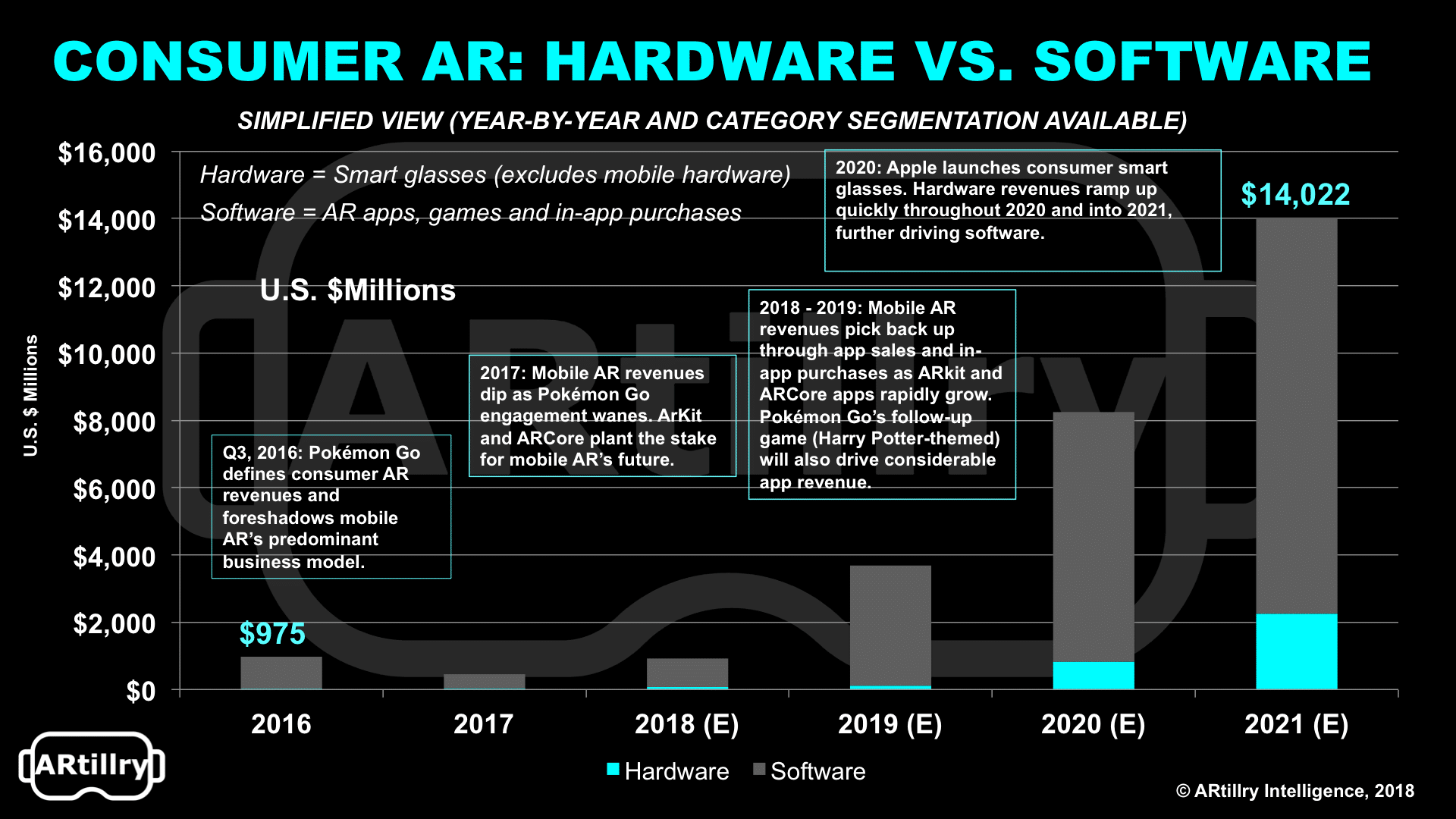Mobile AR: Usage and Consumer Attitudes, Wave II
Mobile AR: Who’s Using it? When? And How?
ARtillery Intelligence’s April 2019 report can be previewed below. Subscribe to access it and all ARtillery reports, or purchase a la carte. ARtillery PRO subscribers can access the full report directly here (login required).
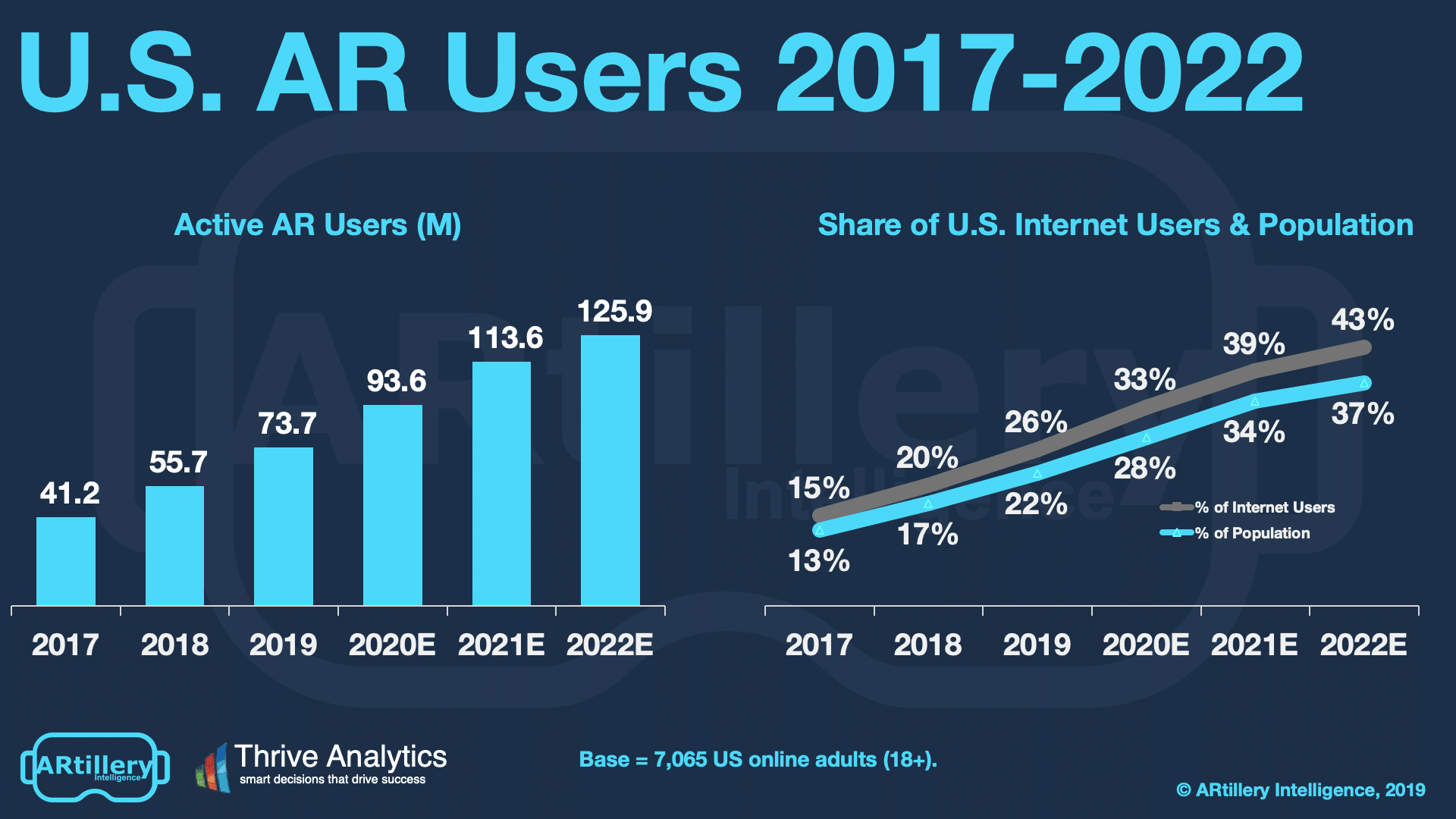
Executive Summary

How do consumers feel about mobile AR? Who’s using it? How often? And what do they want to see next? Perhaps more importantly, what are non-users’ reasons for disinterest? And how can app developers and anyone else building mobile AR apps optimize product strategies accordingly?
These are the questions we set out to answer. Working closely with Thrive Analytics, ARtillery Intelligence wrote questions to be presented to more than 3000 U.S. adults in Thrive’s established consumer survey engine. The results are in and we’ve analyzed the takeaways in a narrative report.
This follows the last few months’ ARtillery Intelligence Briefings, which examined social and commerce-based AR. Now, a deeper view into real consumer usage and attitudes validates those narratives while providing new dimension on mobile AR strategies and opportunity spotting.
As for the findings, mobile AR usage is up to 22 percent of the U.S. population. These users are mostly experiencing mobile AR through apps, such as those built on ARkit and ARCore. But we see trending towards lower-friction experiences such as “AR-as-a-feature” and web AR.
Mobile AR users also appear active and engaged across the board, with more than half reporting that they use mobile AR at least weekly. The top app category is gaming, which we attribute to Pokémon Go’s popularity. But other key categories, such as Social AR and visual search, are on the rise.
Mobile AR users also indicated high levels of satisfaction with the experience. But beyond these and a few other positive signals, there are some negative signs and areas for improvement. For example, non-mobile AR users report low likelihood of adopting soon, and an explicit lack of interest.
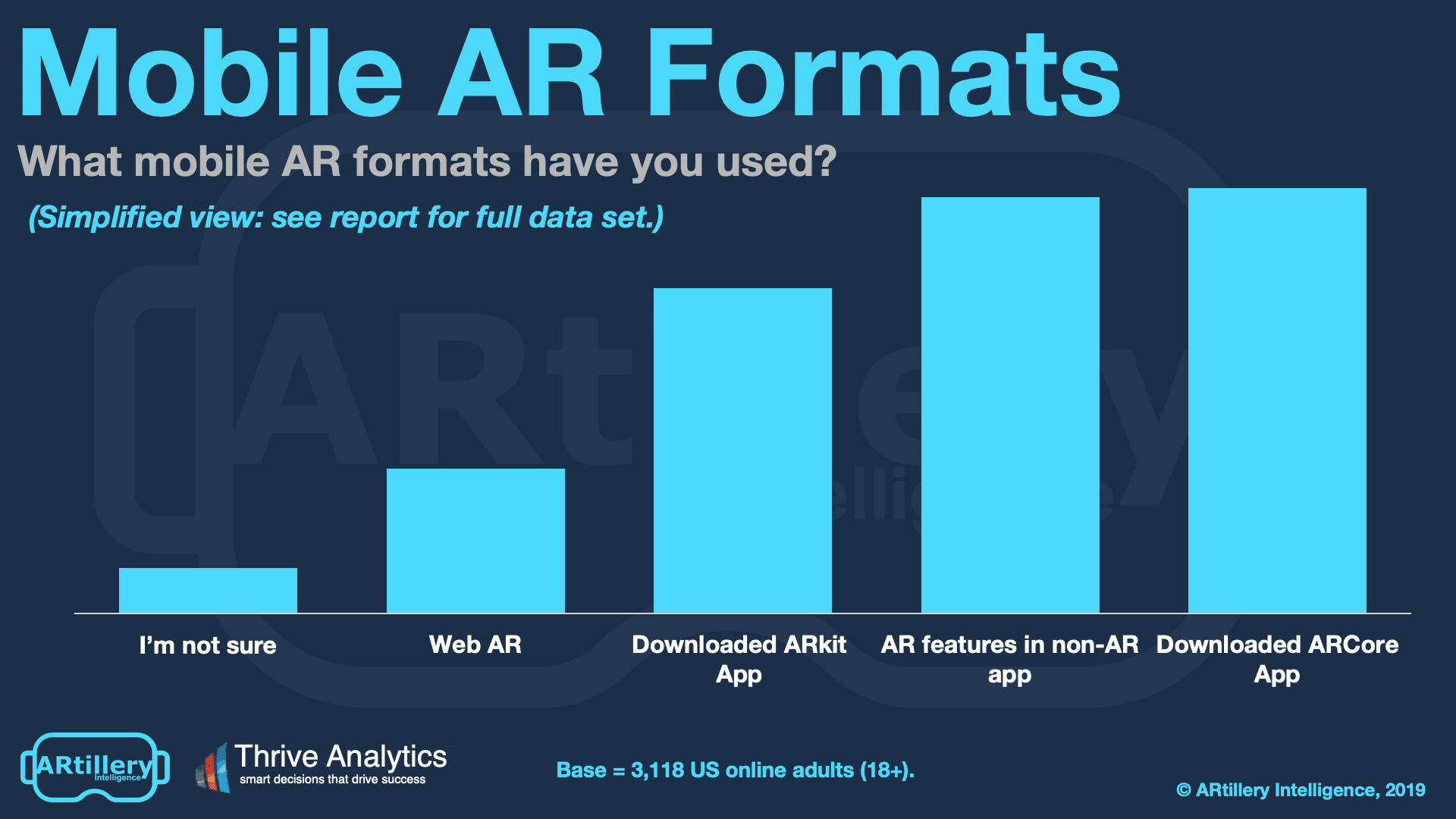
This disparity between current-user satisfaction and non-user disinterest continues to underscore a key challenge for AR: you have to “see it to believe it.” In order to reach high satisfaction levels, apps have to first be tried. This presents marketing and logistical challenges to push that “first taste.”
Put another way, AR’s highly visual and immersive format is a double-edged sword. It can create strong affinities and high engagement levels. But the visceral nature of its experience can’t be communicated to prospective users with traditional marketing such as ad copy or even video.
The same challenge was uncovered in our corresponding VR report last July (we’ll publish the second wave in Q3). This makes it a common challenge with immersive media like AR and VR. It will take time and acclimation before they reach a more meaningful share of the consumer public.
Meanwhile, there are strategies to accelerate that process, and to build AR apps that align with consumers’ current standards. In the coming pages, we’ll examine those strategies and unpack the full set of survey results. This is meant to empower readers with a greater knowledge position.

Price: $699
This report is available by subscribing to ARtillery PRO, You can also purchase it for $699. This includes a briefing with the report’s author to discuss takeaways and answer any questions you may have.
Introduction: A Snapshot
 The last few ARtillery Intelligence monthly reports have covered topics like social AR and commerce. This compelled us to follow up with additional dimension into AR strategies. And the best way to do that is to ask consumers how they feel. So we helped produce the latest AR consumer survey.
The last few ARtillery Intelligence monthly reports have covered topics like social AR and commerce. This compelled us to follow up with additional dimension into AR strategies. And the best way to do that is to ask consumers how they feel. So we helped produce the latest AR consumer survey.
Working closely with our consumer data partner Thrive Analytics, ARtillry Intelligence wrote questions to present to a sample of more than 3000 U.S. adults. This represents the third wave of Thrive’s Virtual Reality Monitor. And now that the results are in, there are several implications and takeaways.
The survey results are a telling snapshot of mobile AR adoption, which we’ll detail in the coming pages. That will include charts and a narrative story arc that unpacks strategic takeaways, and our outlook for mobile AR. But before we take a deeper dive, here’s the highlight reel of survey findings.
— 22% of consumers have tried mobile AR.
— 78% of mobile AR users are either satisfied or very satisfied.
— *% have used ARCore apps, *% ARkit apps and *% have used web AR.
— *% of mobile AR users are active monthly, *% are active weekly.
— *% of mobile AR users have used games, *% have used social apps.
— *% of mobile AR users want more games, *% want education apps and *% want city guides.
— *% of mobile AR users would pay $1.00 or more for an app, *% would pay $5.00 or more.
— *% of non-mobile AR users are unwilling to pay any amount for mobile AR.
— *% of non-mobile AR users are unlikely or extremely unlikely to try mobile AR.
— *% of non-mobile AR users don’t know where to look for apps, or if their phone is compatible.
*Subscribe to see the full data set.
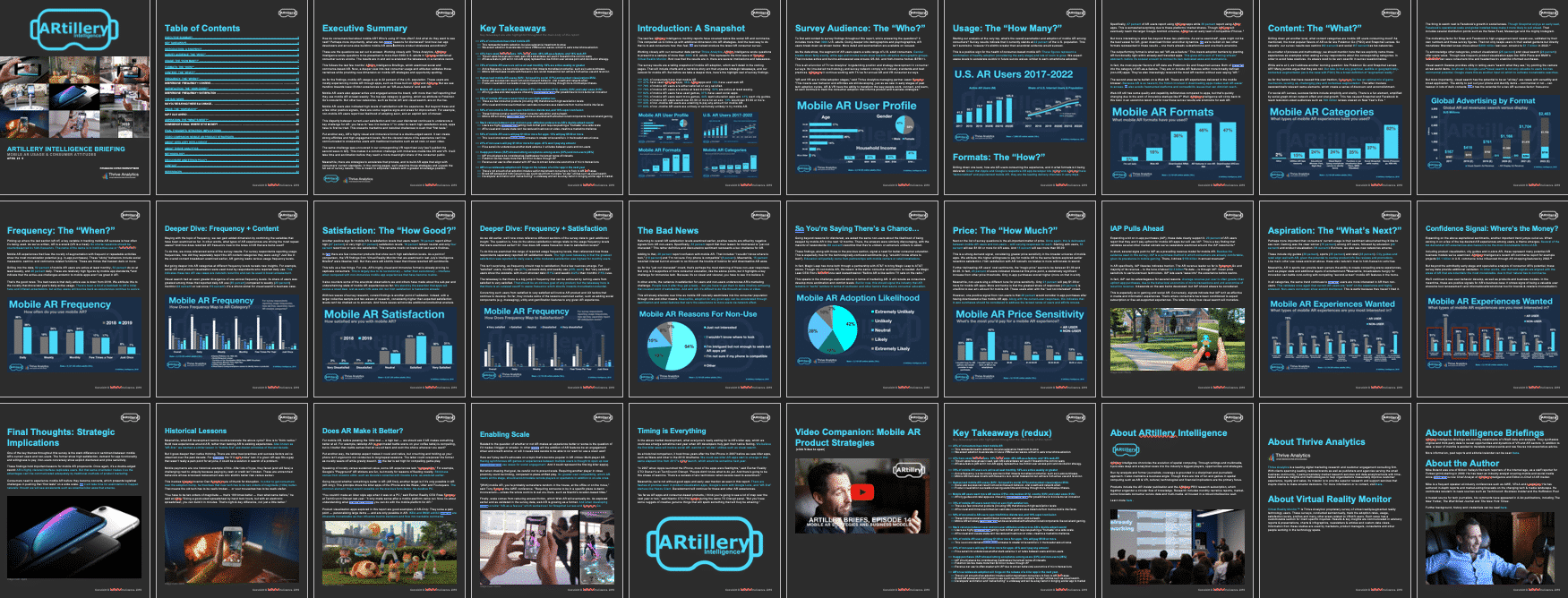
Video Companion
Price: $699
This report is available by subscribing to ARtillery PRO, You can also purchase it for $699. This includes a briefing with the report’s author to discuss takeaways and answer any questions you may have.
Methodology
ARtillery Intelligence has partnered with Thrive Analytics by writing the questions for the Virtual Reality Monitor consumer survey. These questions were fielded to more than 3000 U.S. Adults. ARtillery Intelligence wrote this report, containing its insights and viewpoints on the survey results.
For market sizing and analysis, ARtillery Intelligence follows disciplined best practices, developed and reinforced through its principles’ 15 years in research and intelligence in the tech sector. This includes the past 2.5 years covering AR & VR exclusively, as seen in research reports and daily reporting.
Thrive Analytics likewise follows best practices in consumer research, developed over its long tenure as a consumer research firm. More information and background on each firm can be seen in the preceding “about us,” sections, or through the website links included with those descriptions.
More details about the survey sample (demographics, etc.) can be seen in this report’s introduction and more on ARtillery Intelligence market-sizing research and methodologies can be read here.

Disclosure and Ethics Statement
ARtillry has no financial stake in the companies mentioned in this report, nor received payment for its production. With respect to market sizing, ARtillry remains independent of players and practitioners in the sectors it covers. It doesn’t perform paid services or consulting for such companies, thus mitigating bias — real or perceived — in market sizing and industry revenue projections. Disclosure and ethics policy can be seen in full here.

Price: $699
This report is available by subscribing to ARtillery PRO, You can also purchase it for $699. This includes a briefing with the report’s author to discuss takeaways and answer any questions you may have.


 One of the biggest questions nagging the Augmented Reality (AR) sector is, what will be its killer app? And when will it arrive? The medium needs such an accelerant to legitimize and bring AR into mainstream acceptance – something it’s failed to do in the 18-months since Apple’s ARkit launch.
One of the biggest questions nagging the Augmented Reality (AR) sector is, what will be its killer app? And when will it arrive? The medium needs such an accelerant to legitimize and bring AR into mainstream acceptance – something it’s failed to do in the 18-months since Apple’s ARkit launch.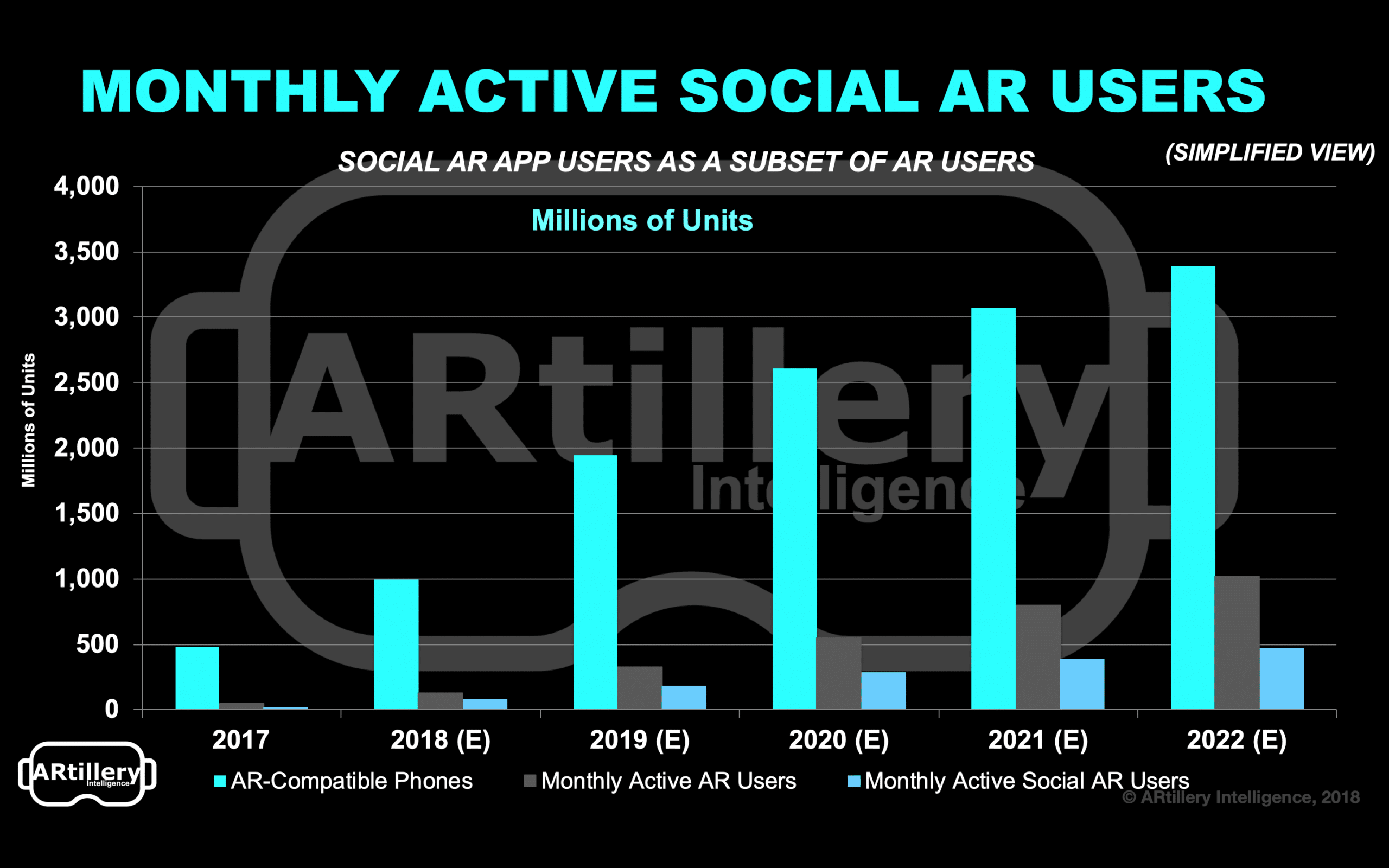


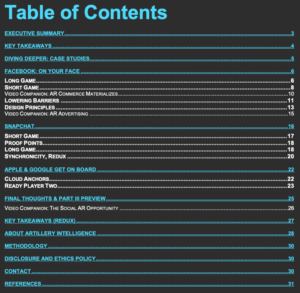
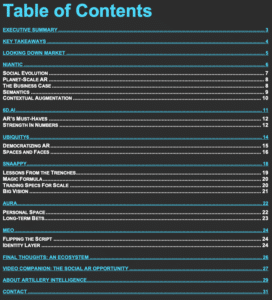

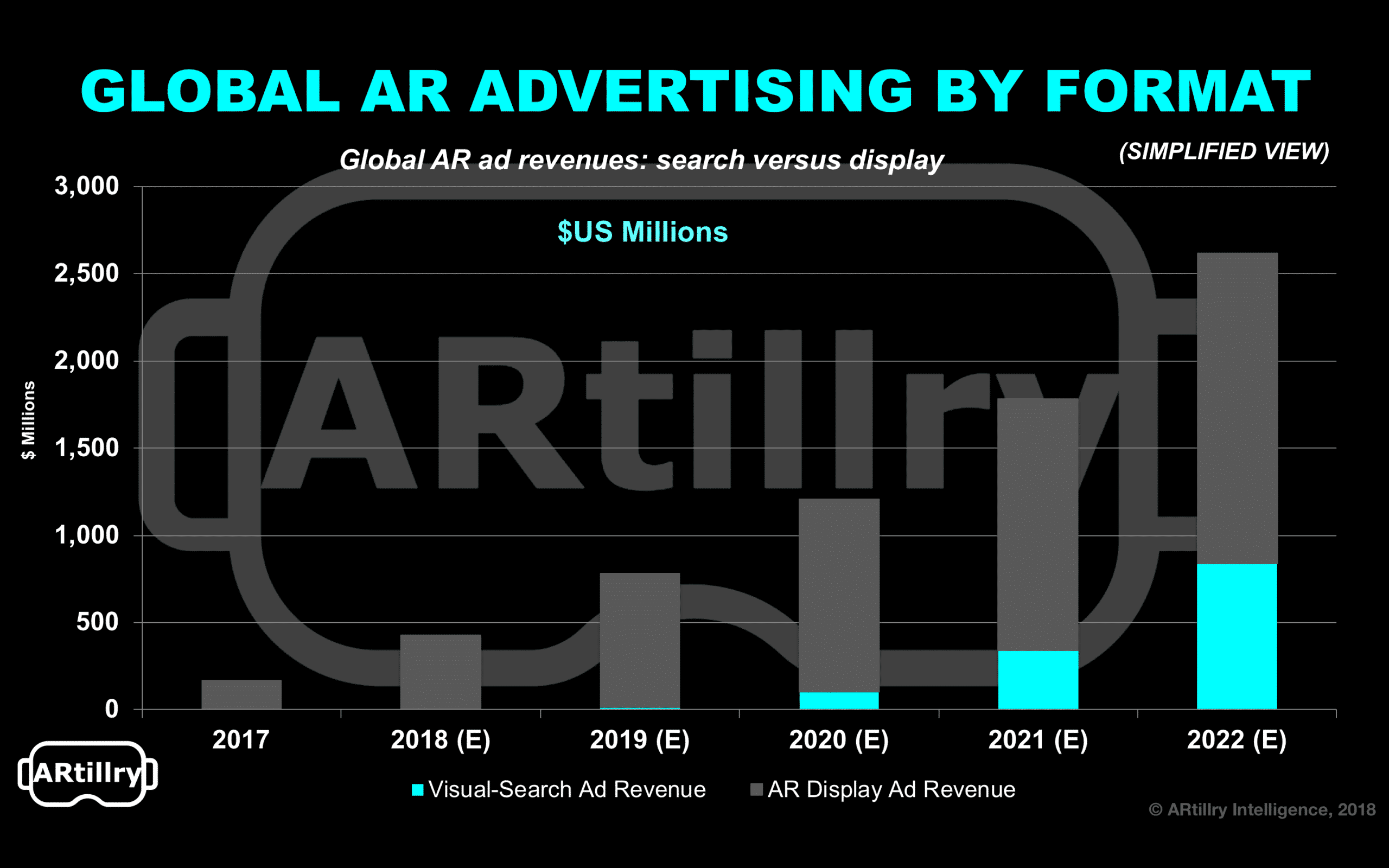
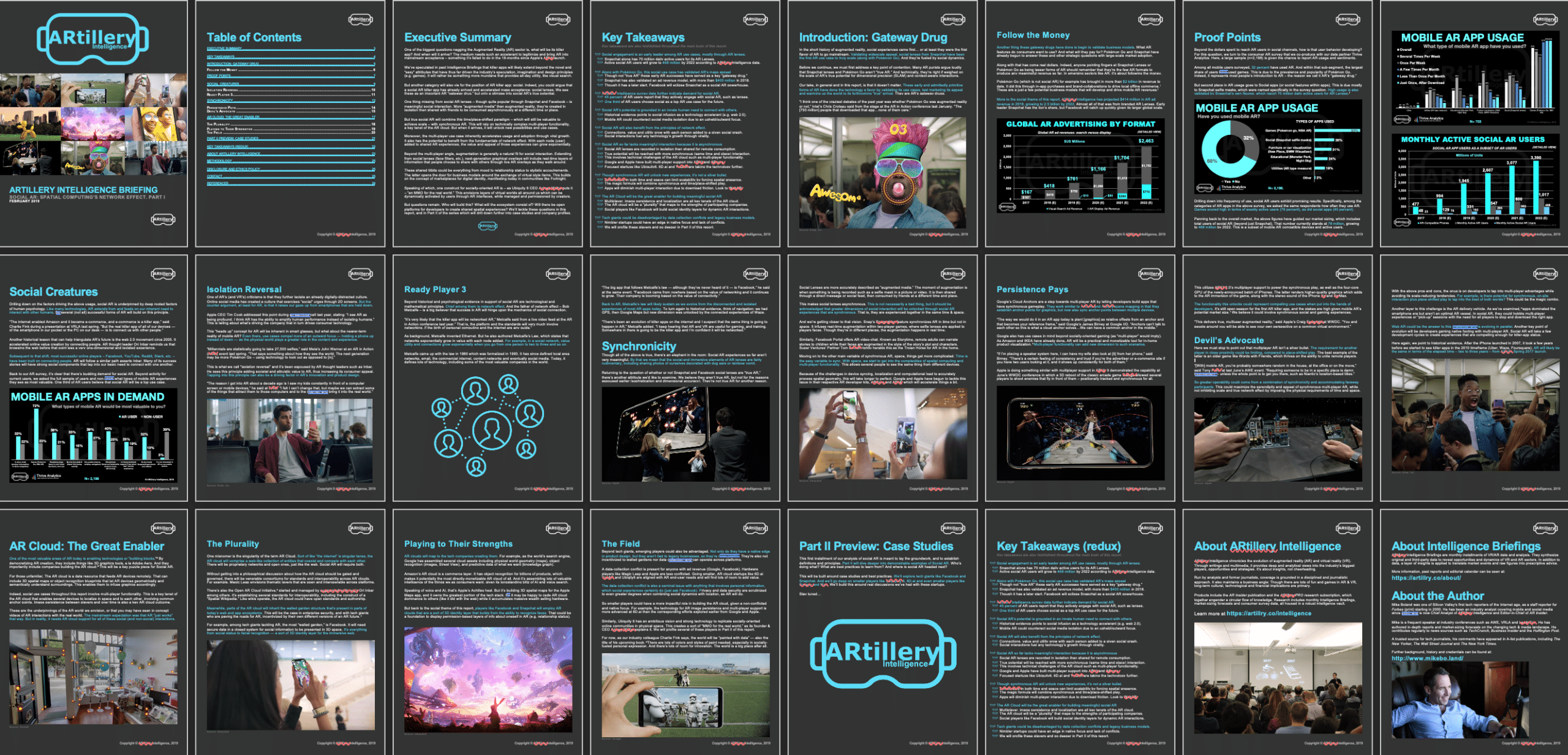
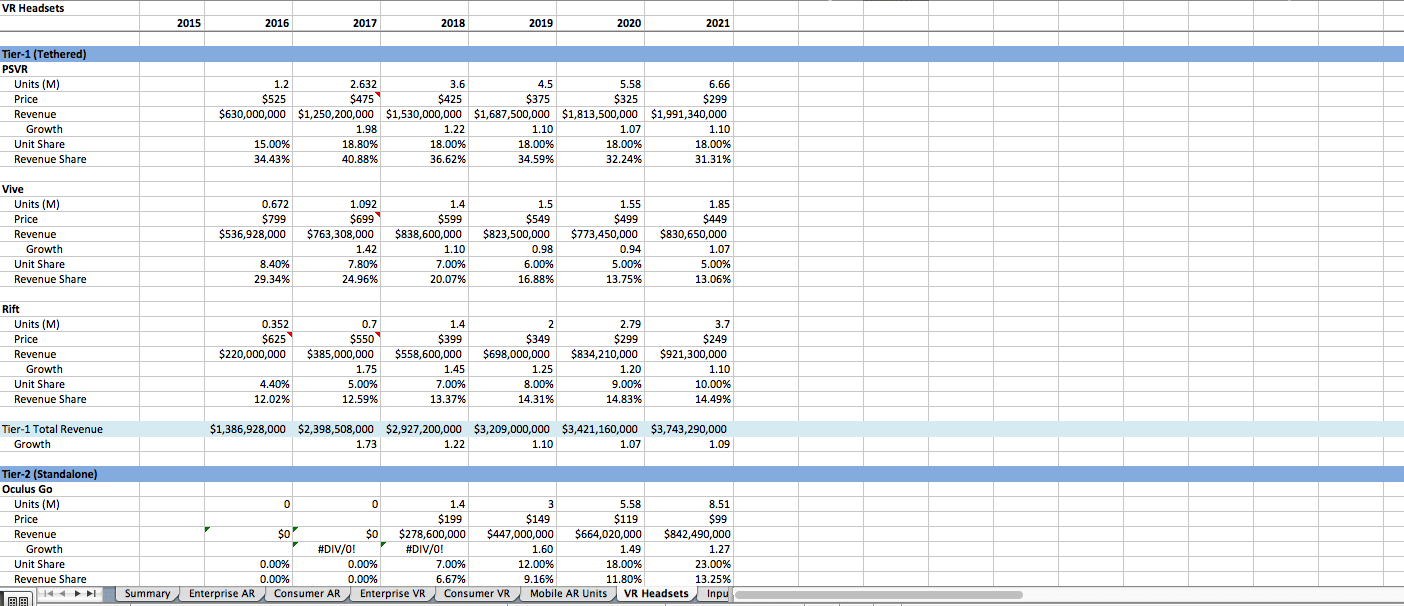

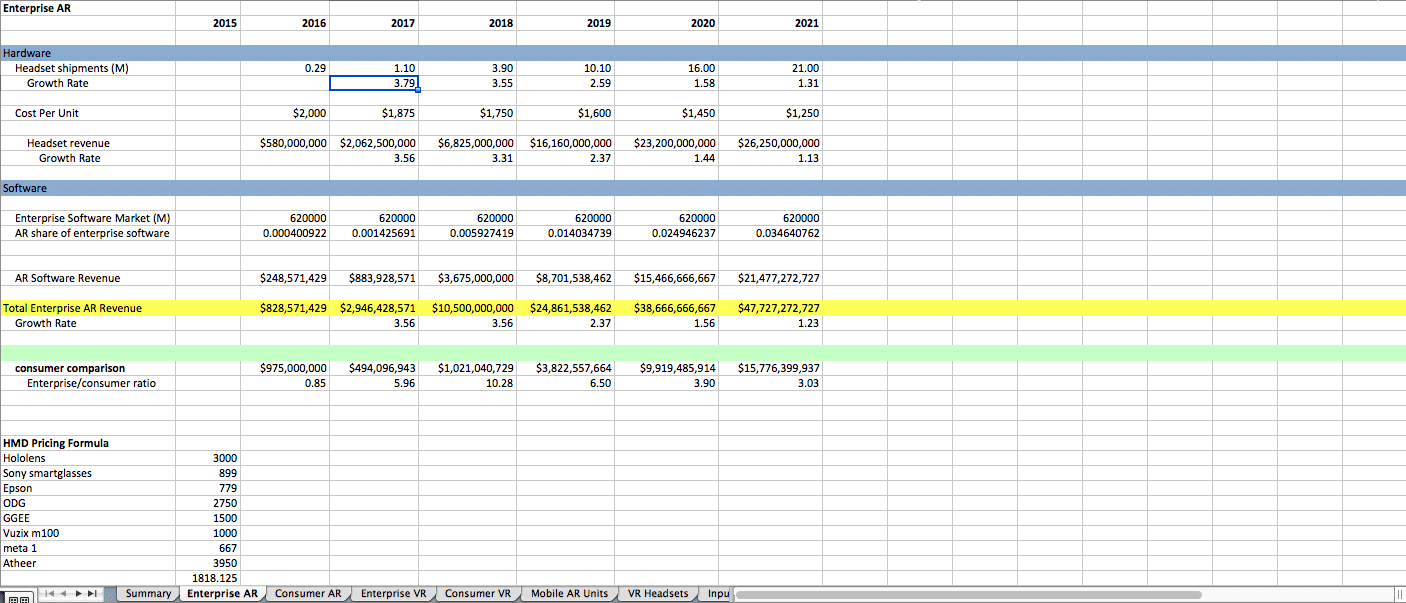



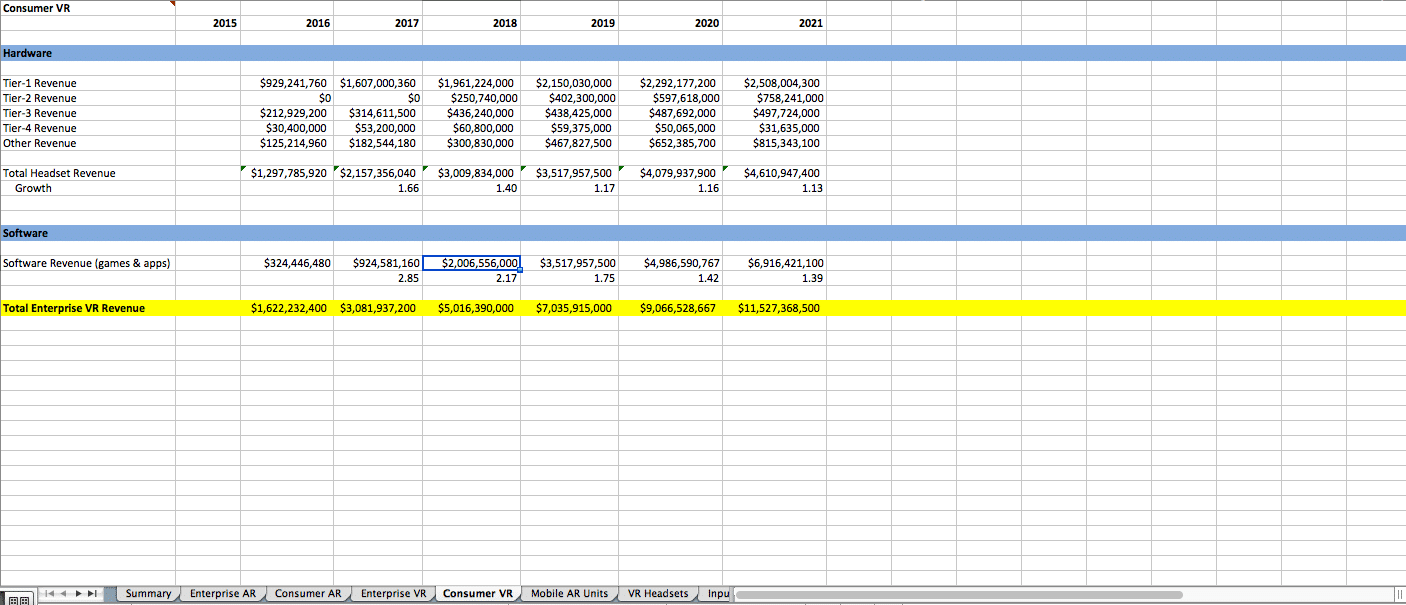




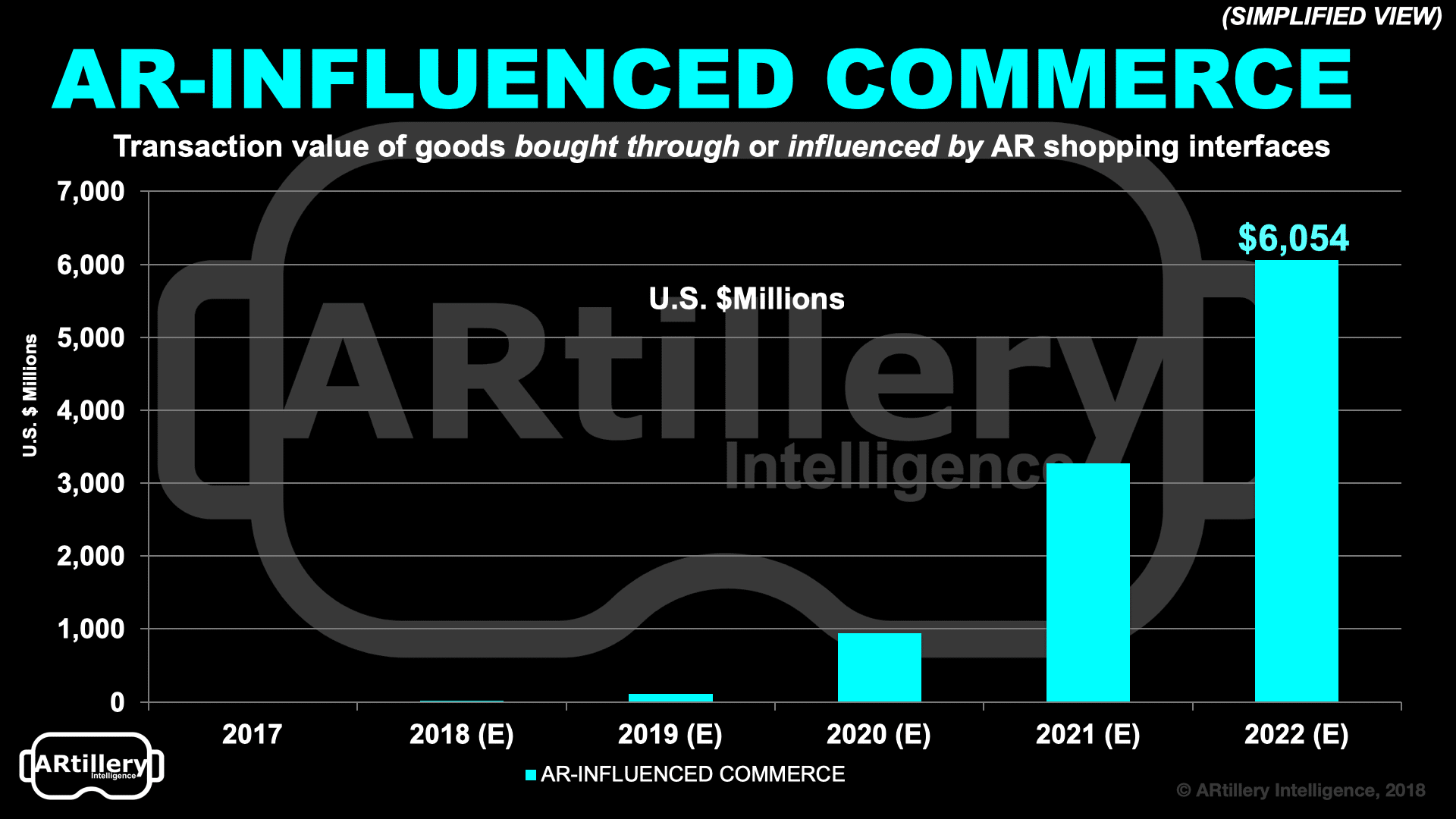





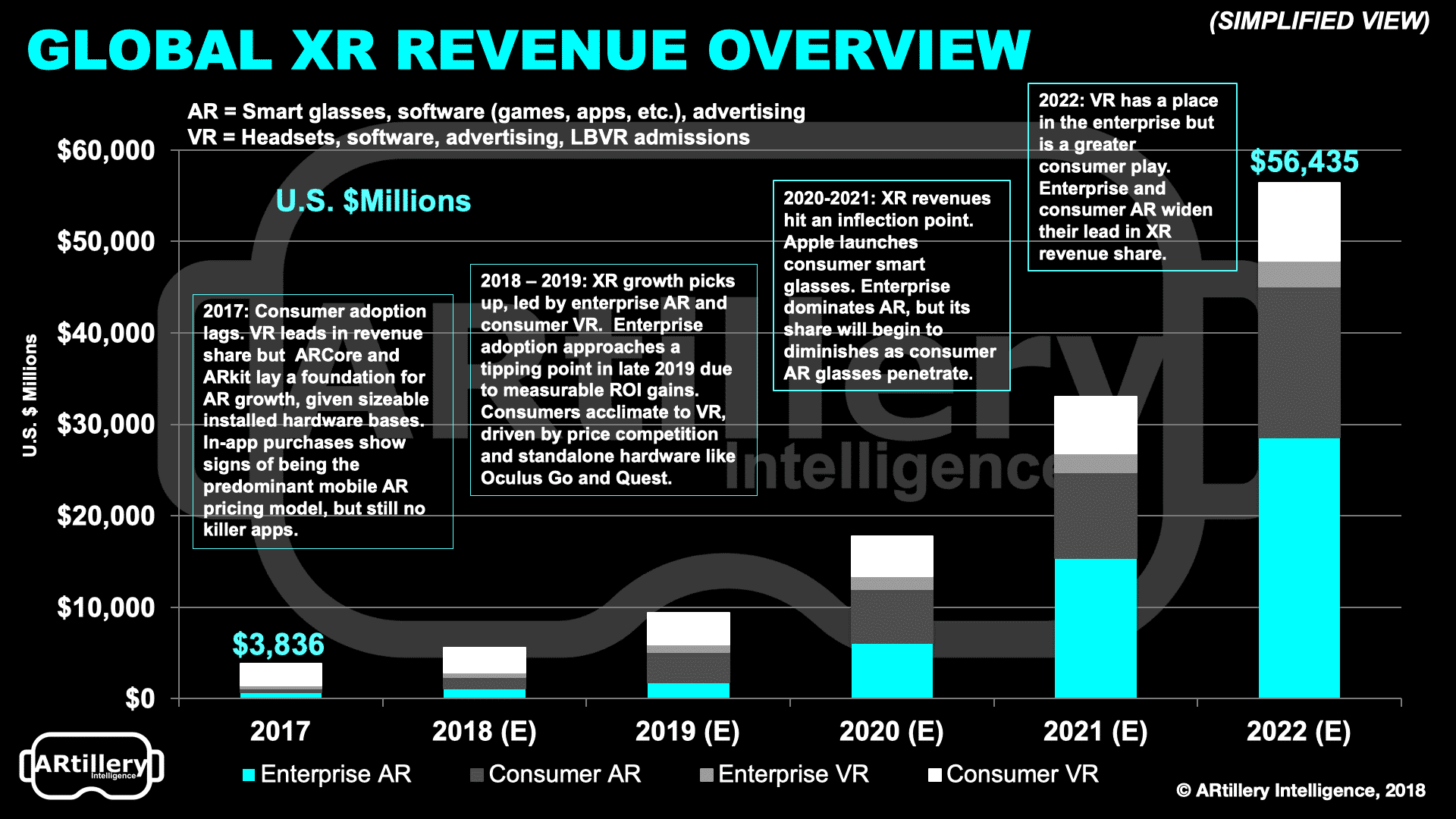

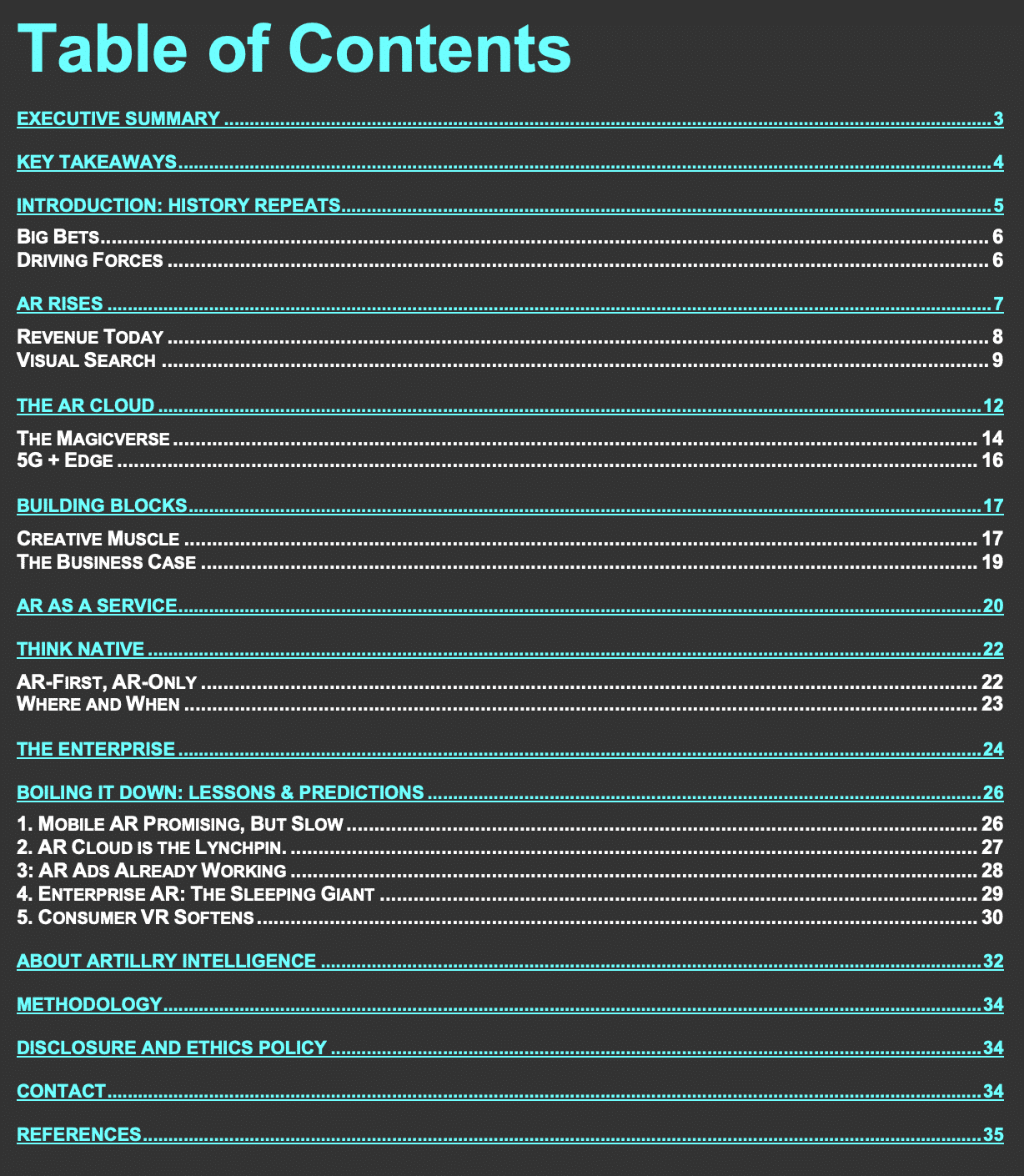

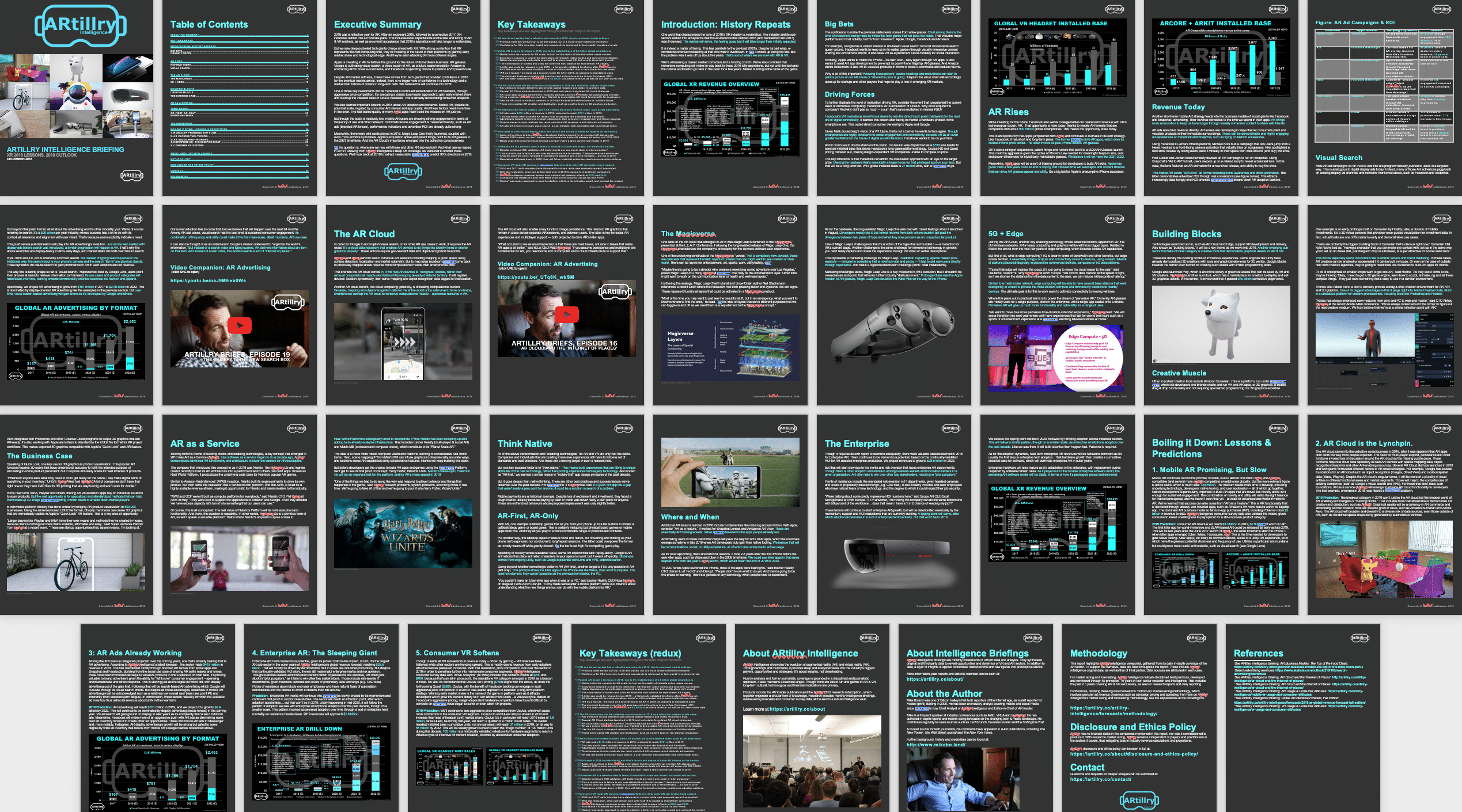

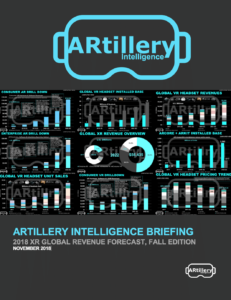 There’s been volatile interest and investment in AR & VR over the past 24 months. But how big are these sectors, and how big will they get? ARtillery Intelligence has quantified the revenue opportunity in several AR & VR product areas. The result is our latest XR revenue forecast.
There’s been volatile interest and investment in AR & VR over the past 24 months. But how big are these sectors, and how big will they get? ARtillery Intelligence has quantified the revenue opportunity in several AR & VR product areas. The result is our latest XR revenue forecast.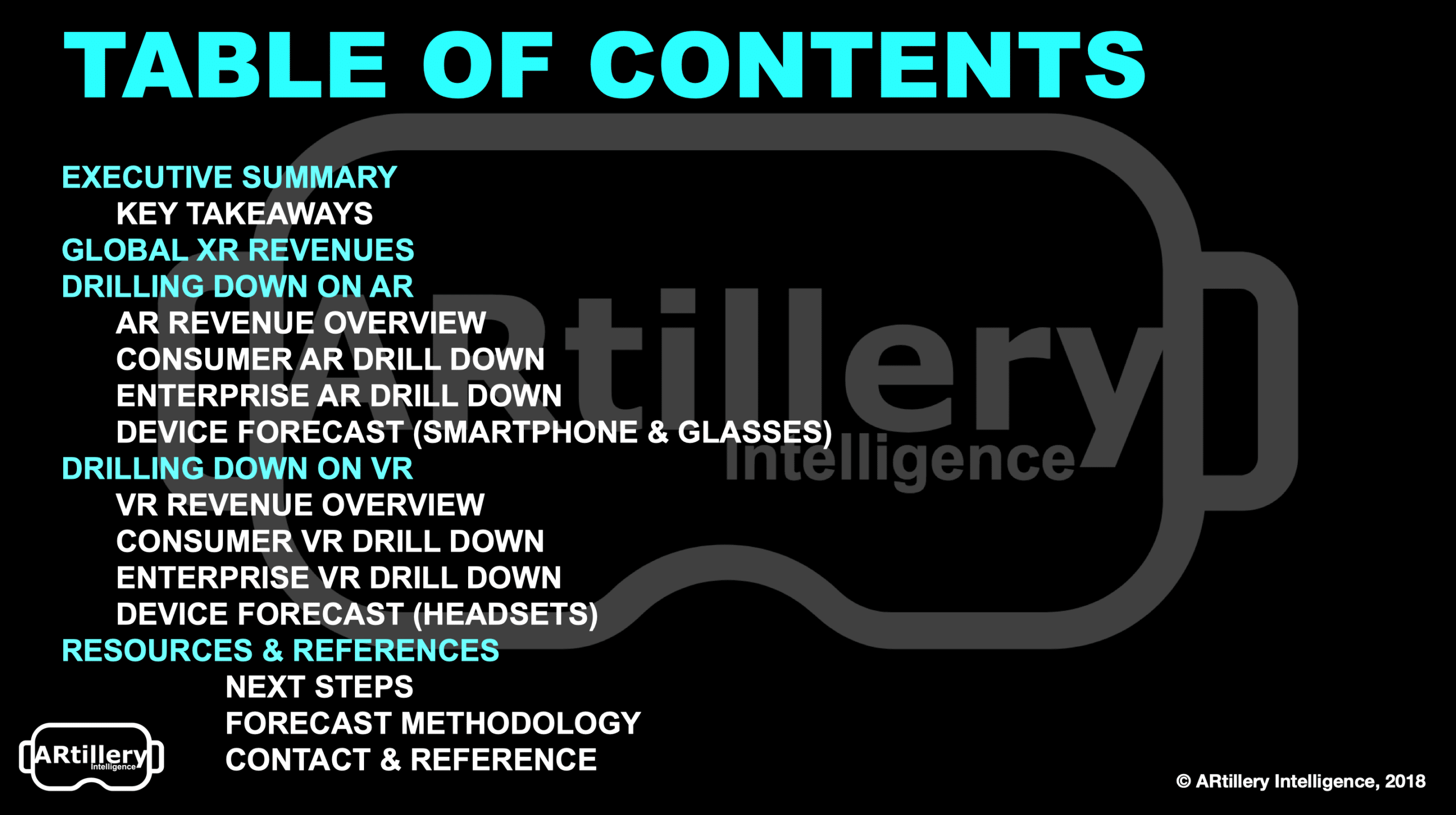
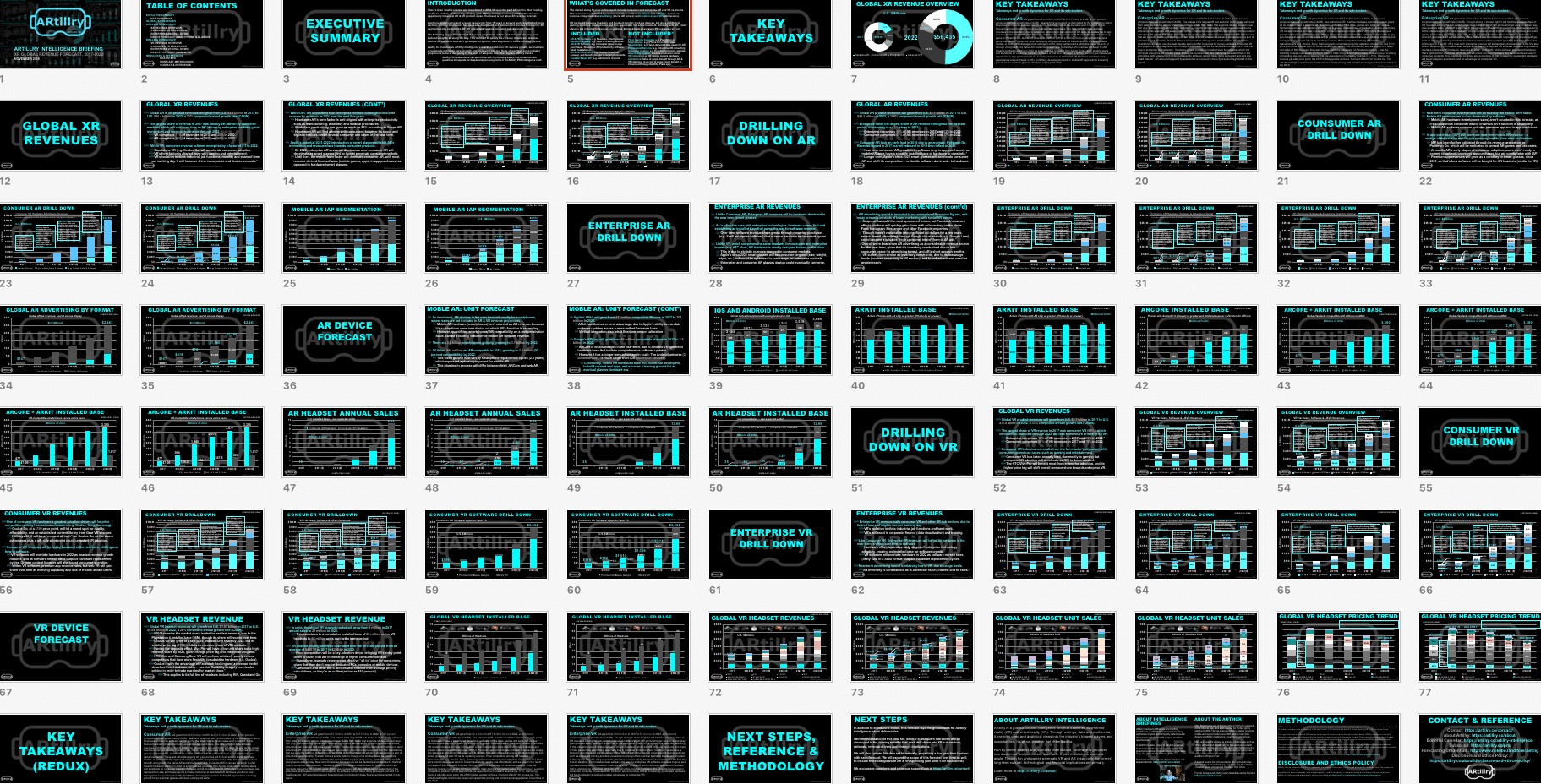
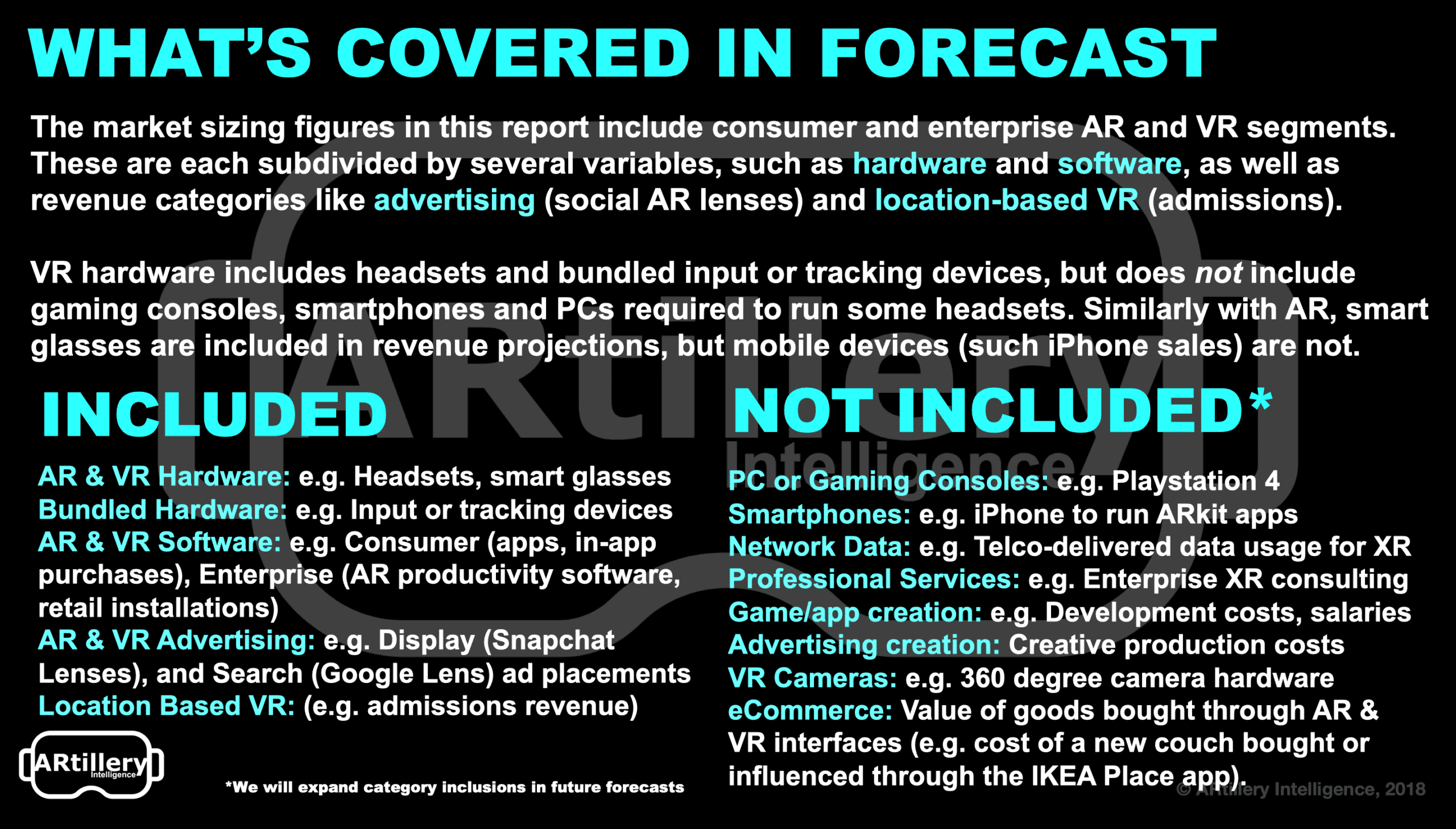
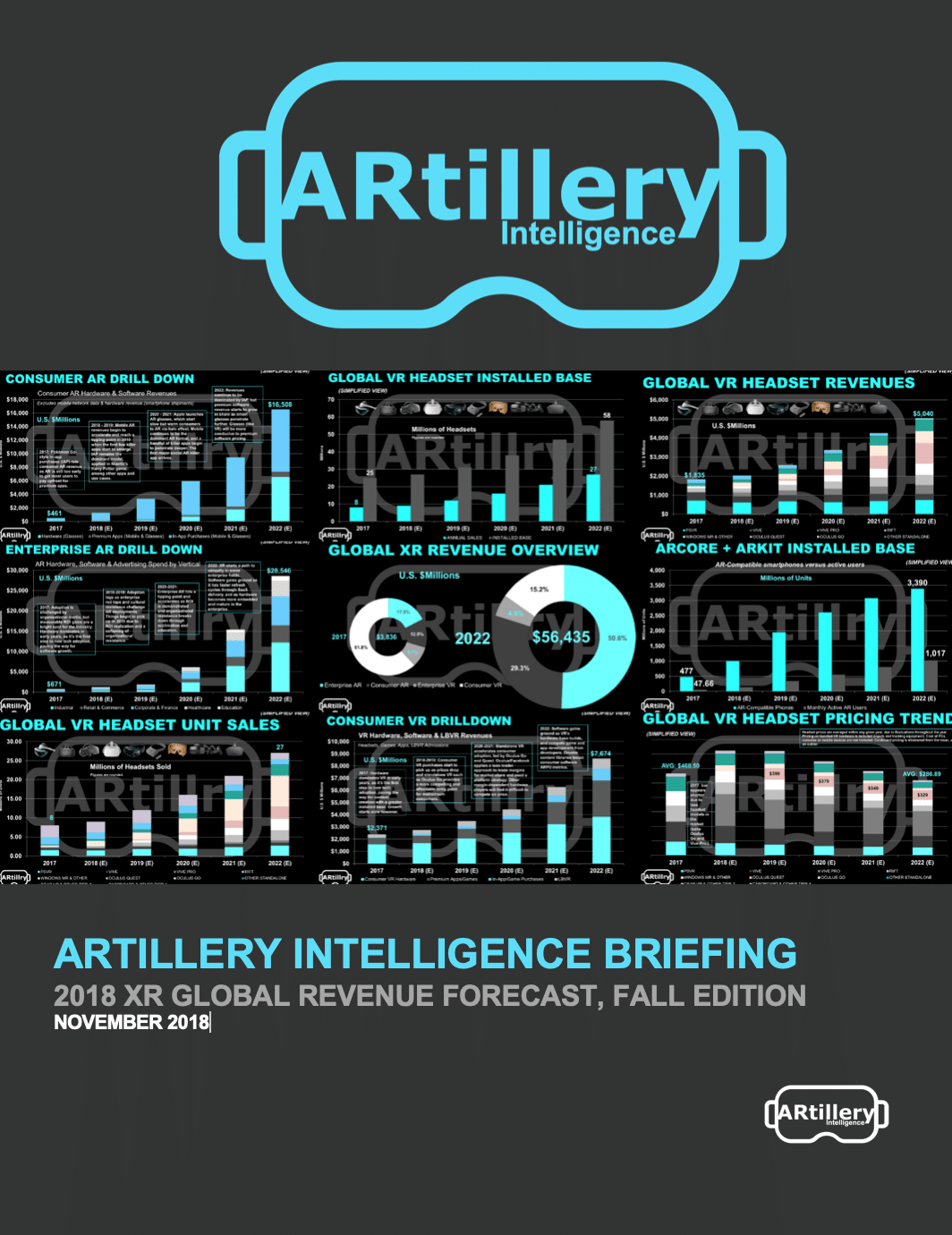




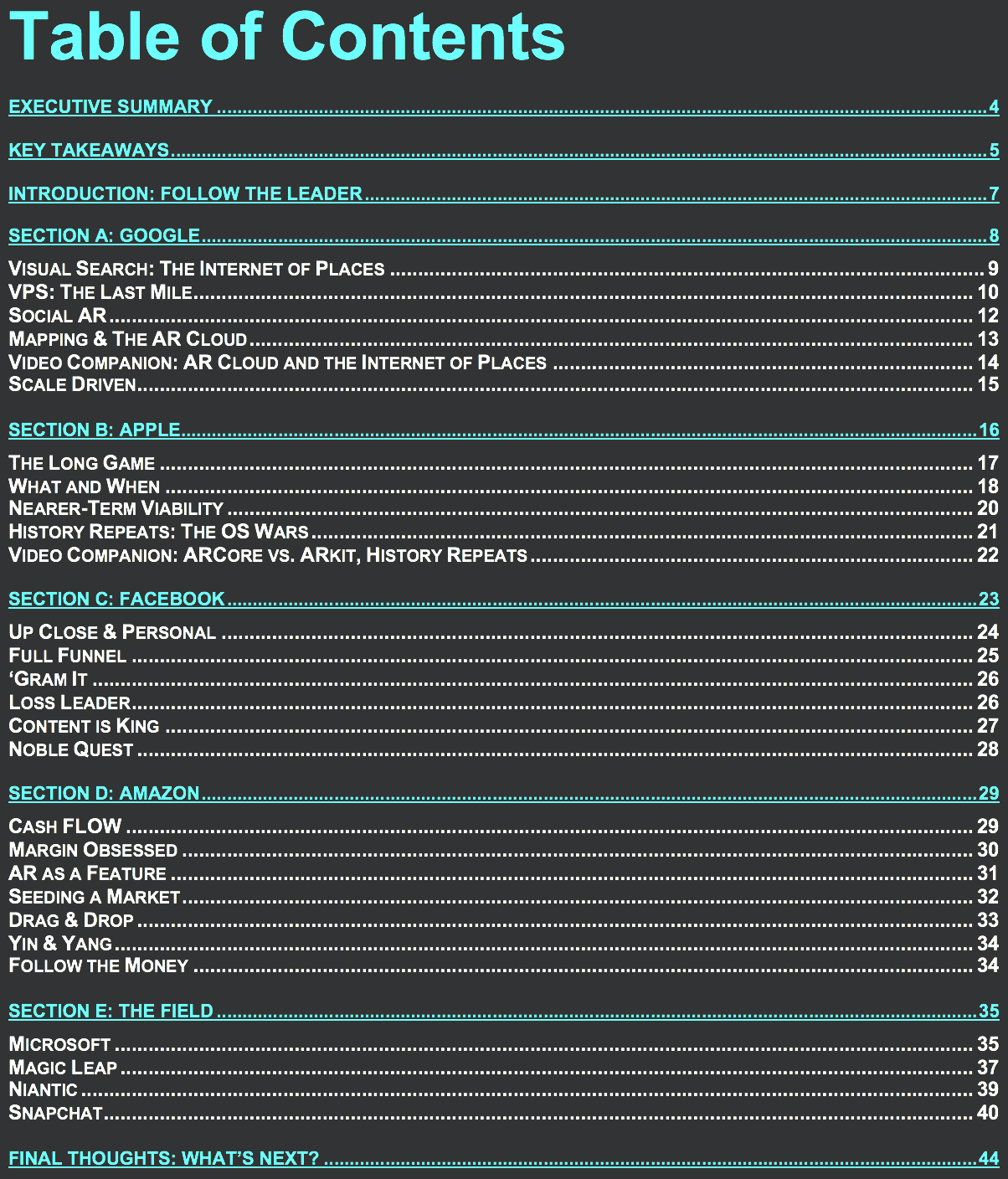

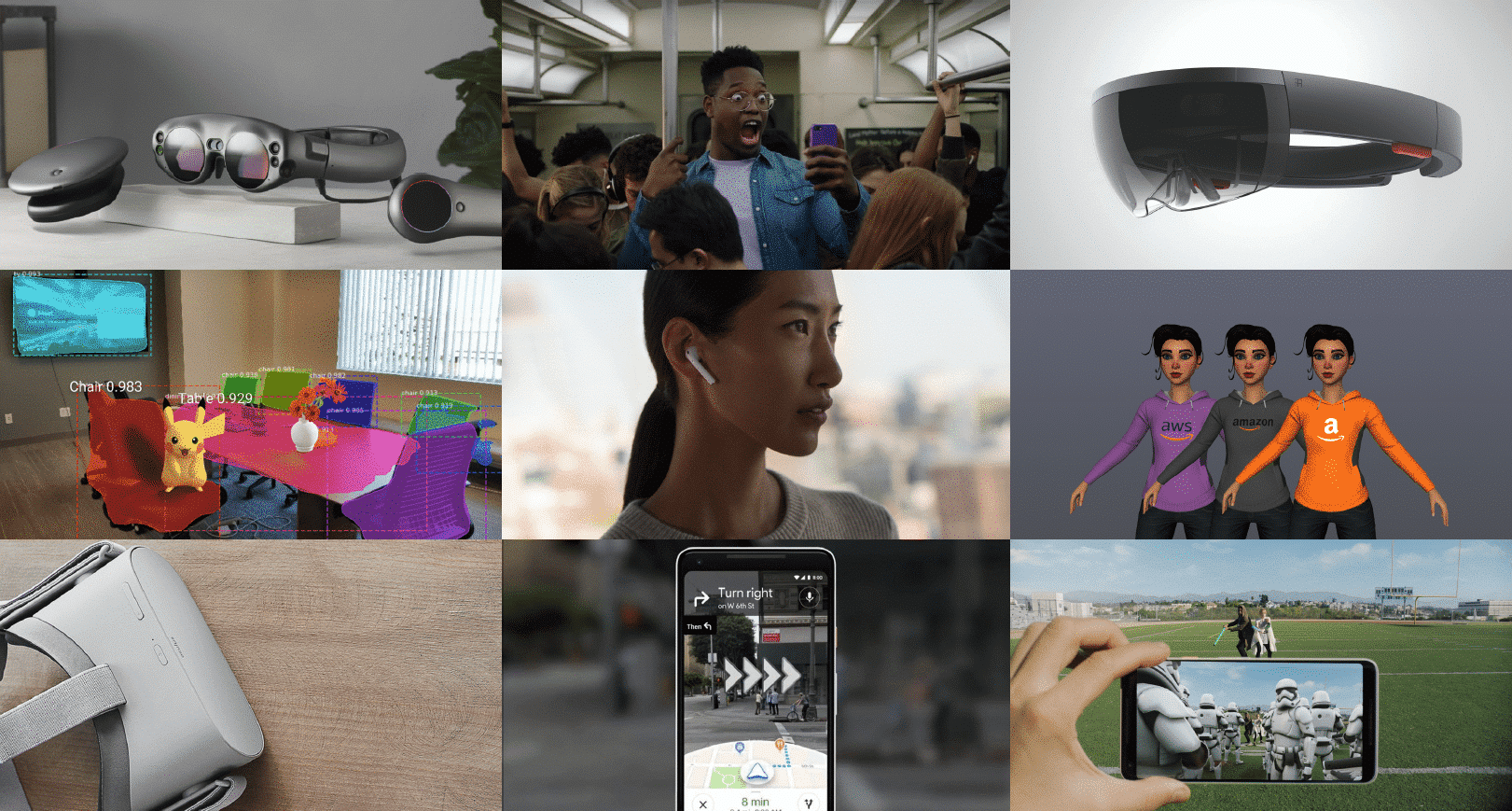
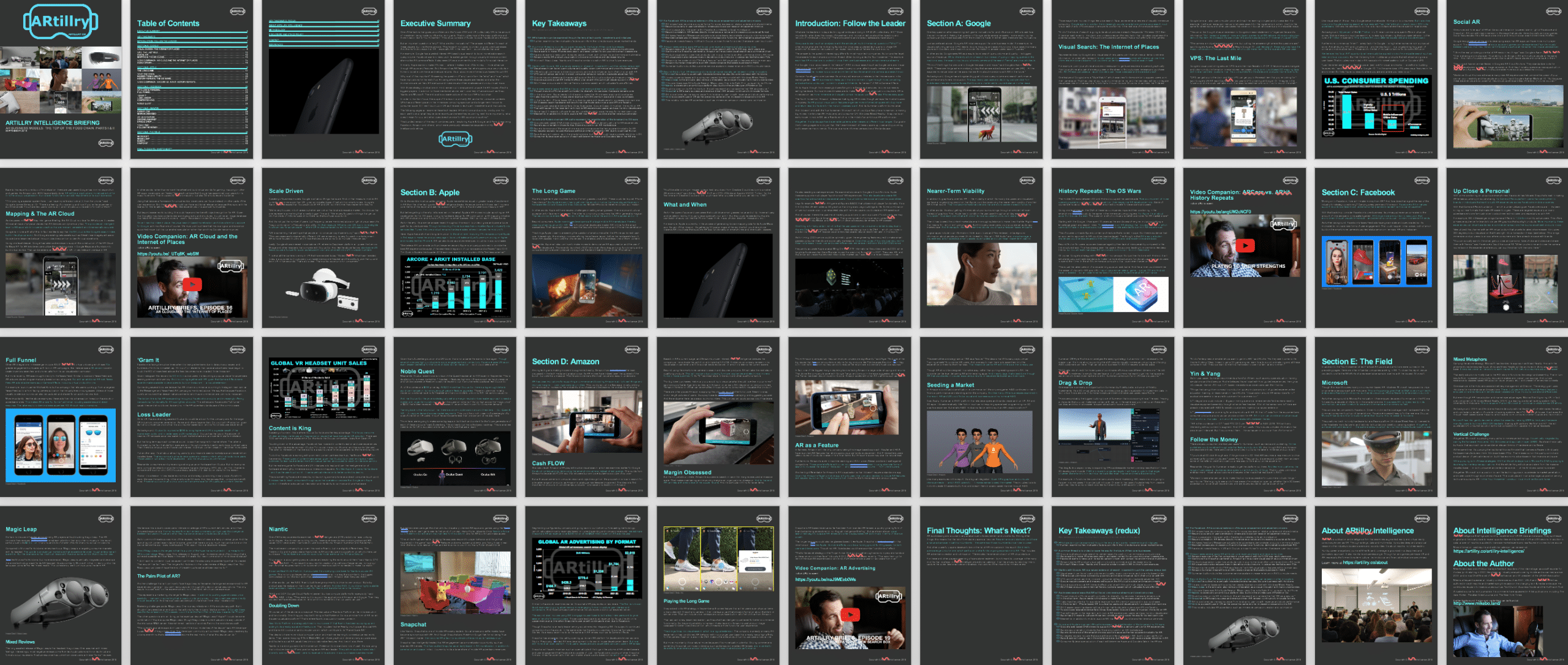
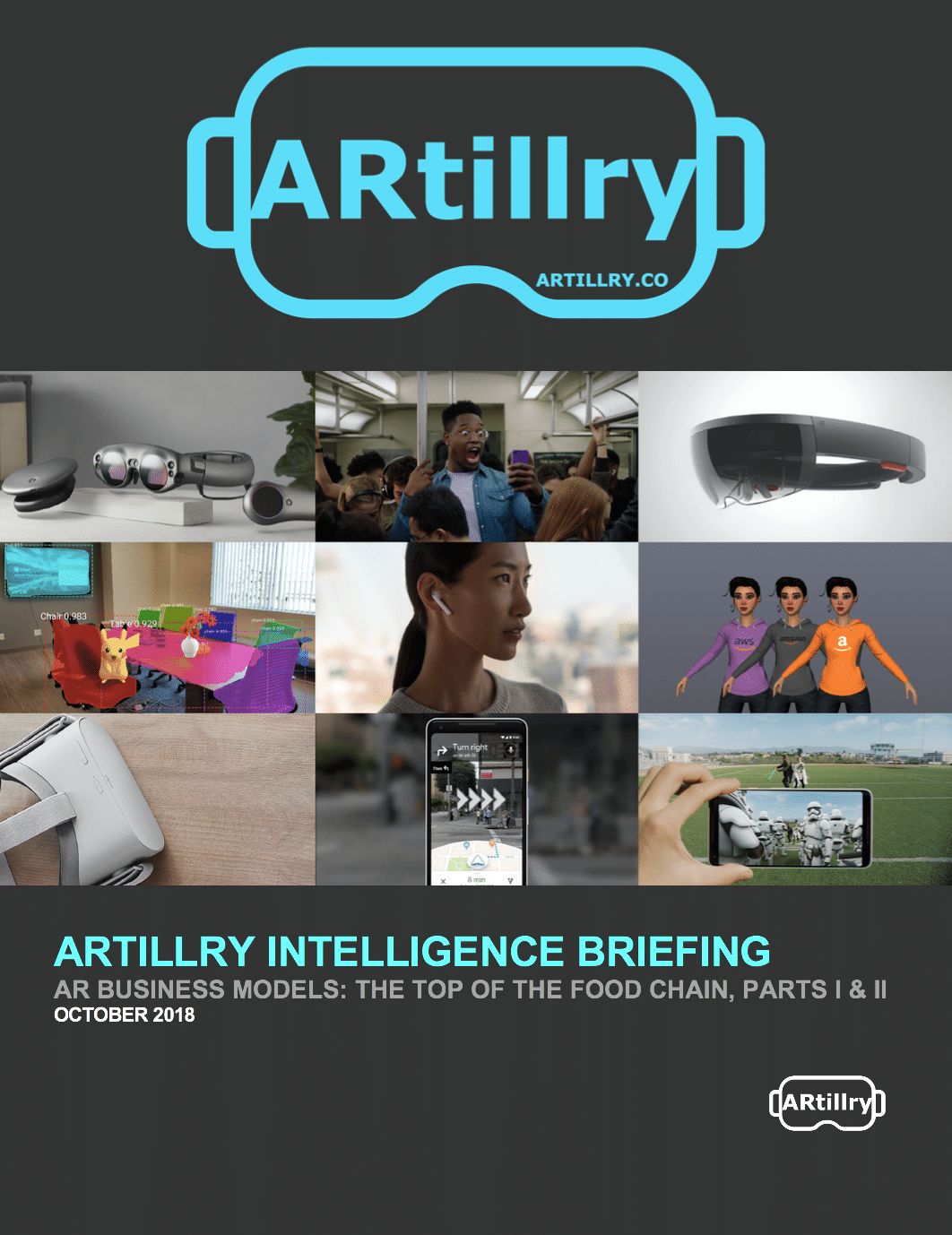
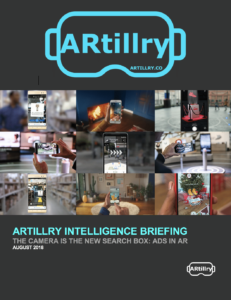

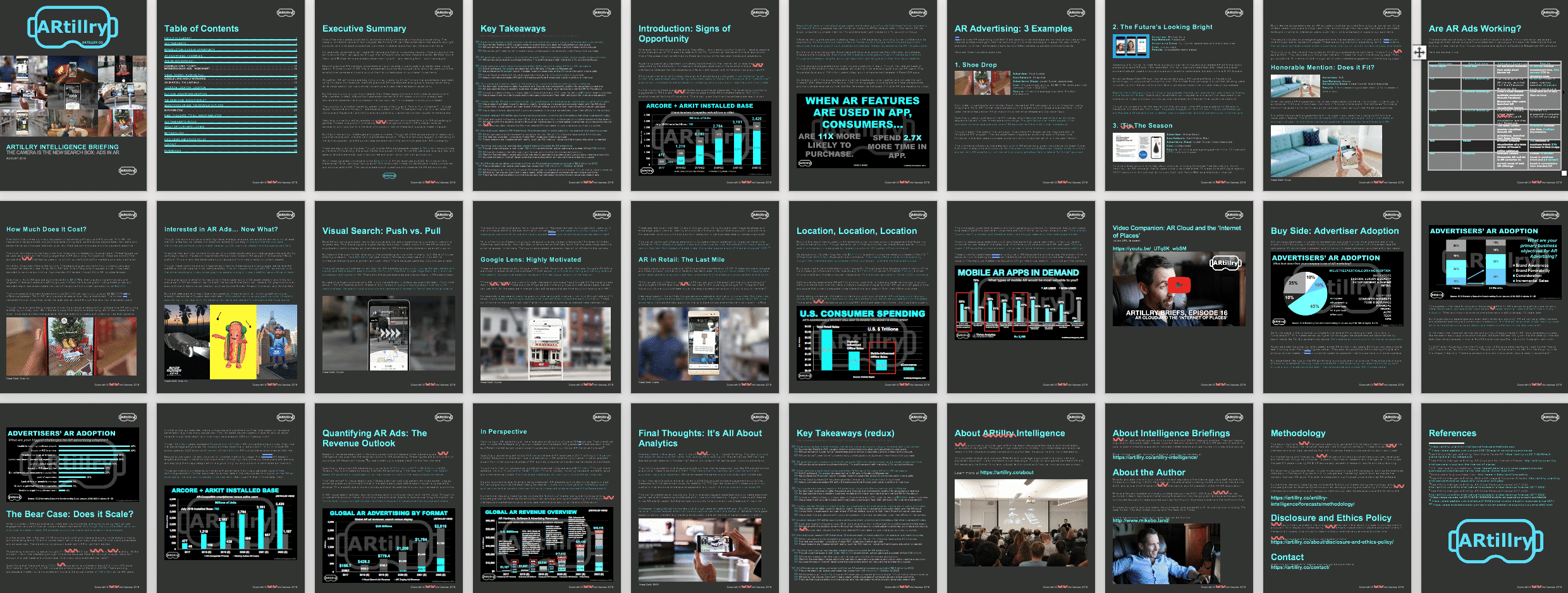
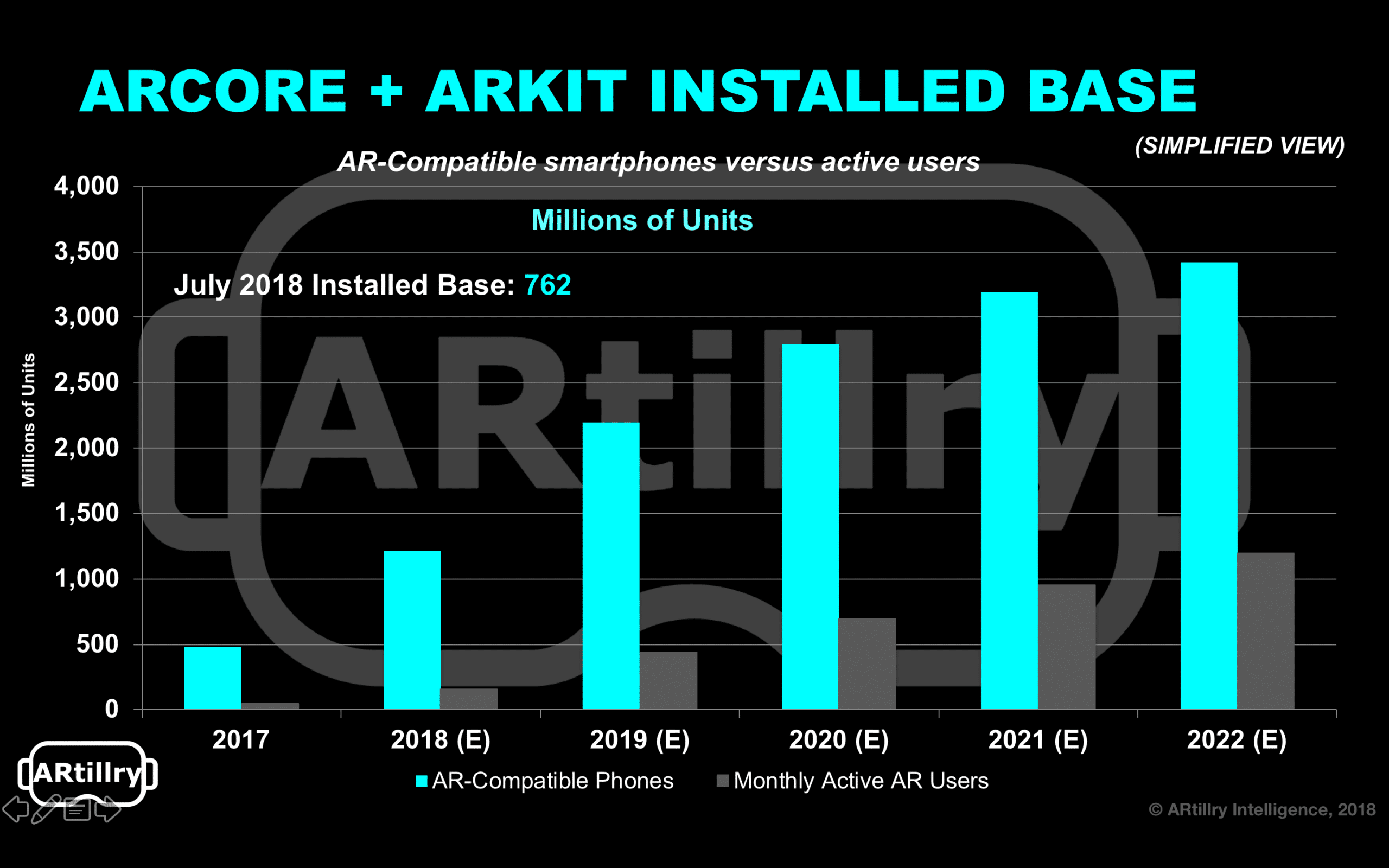
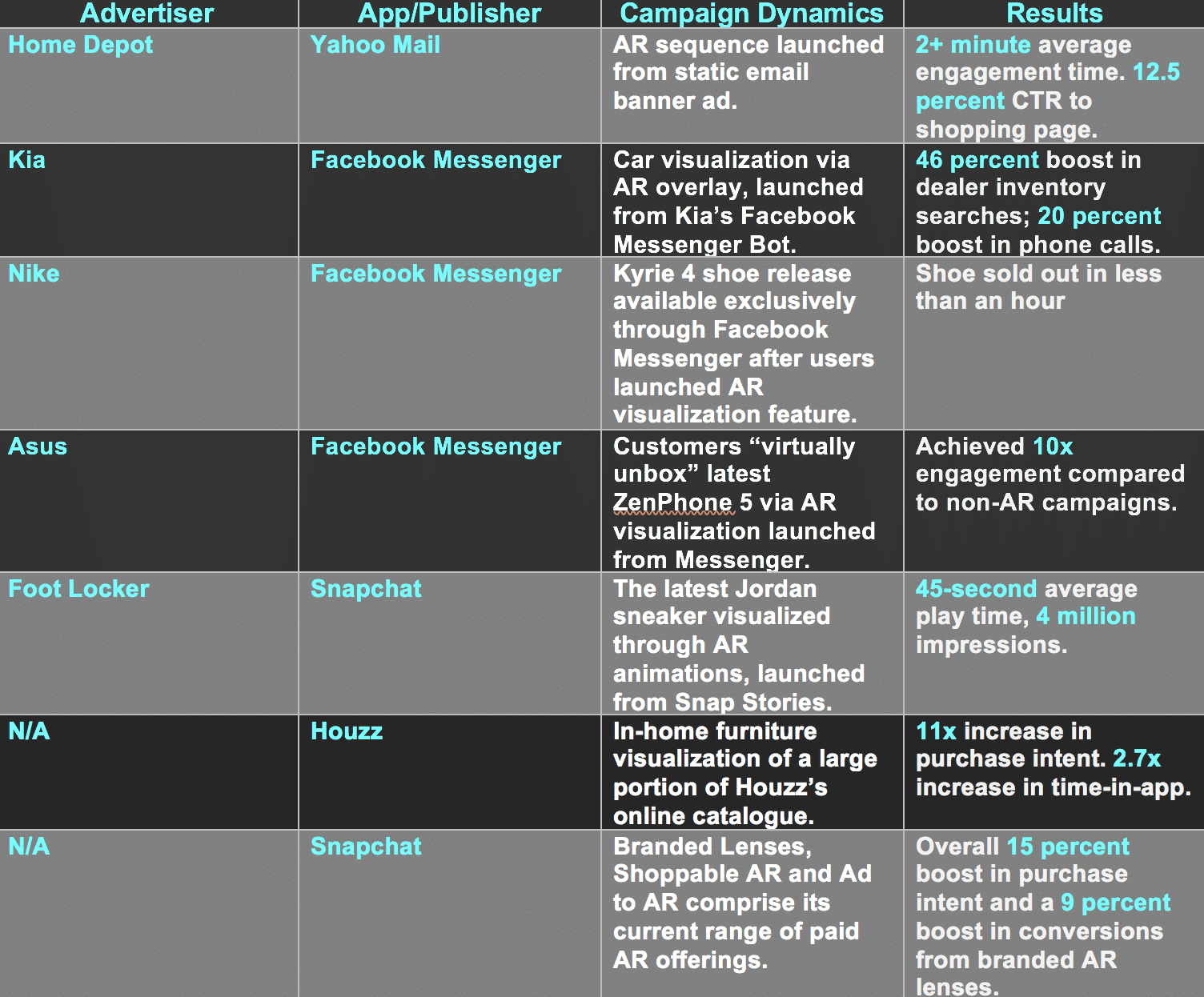

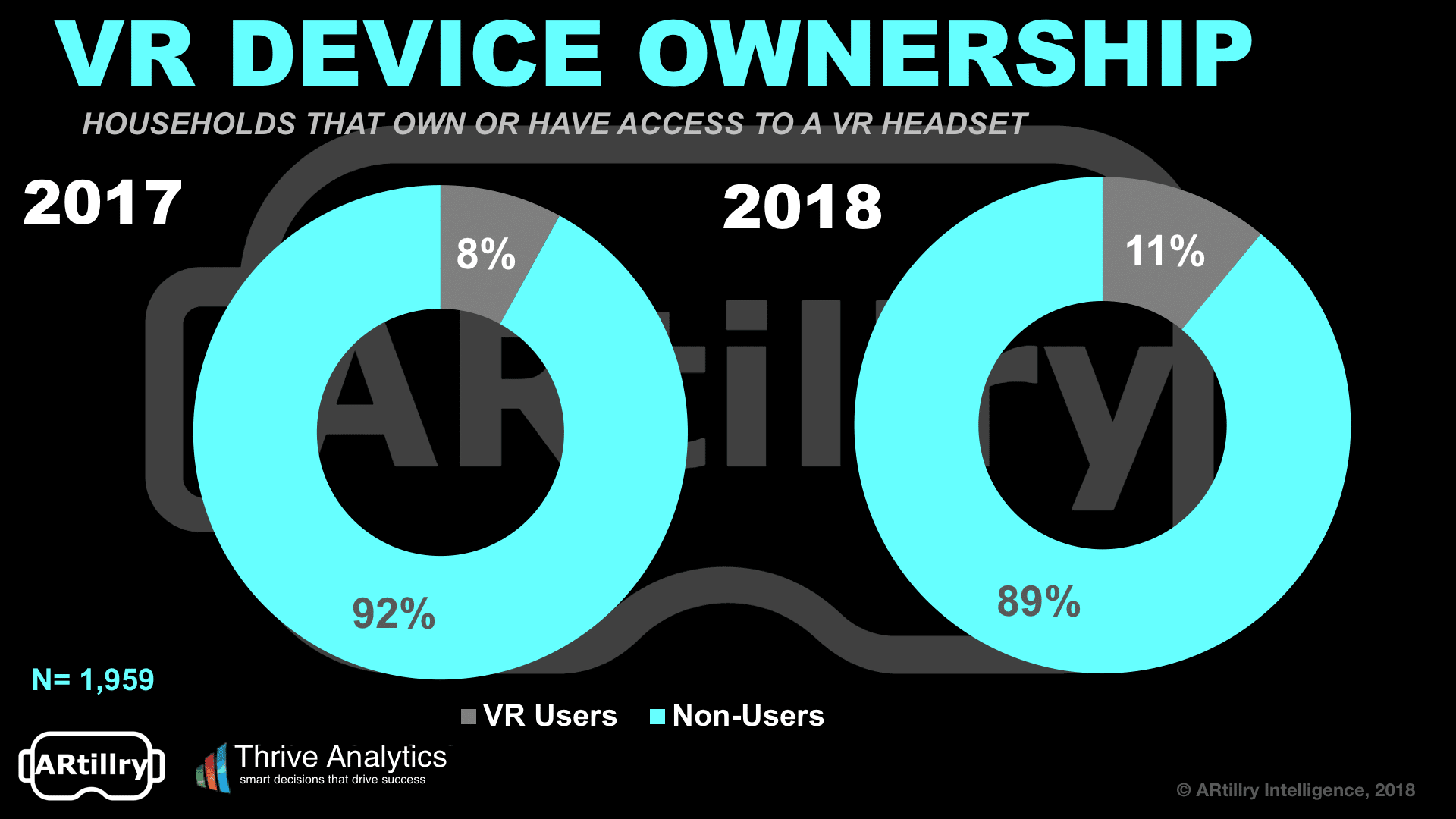
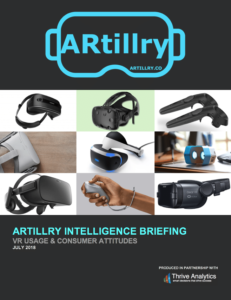 How do consumers feel about VR? Who’s using it? What devices and apps do they prefer? And what do they want to see next? Perhaps more important, what are non-users’ reasons for disinterest? And how can VR software developers and hardware players optimize product strategies accordingly?
How do consumers feel about VR? Who’s using it? What devices and apps do they prefer? And what do they want to see next? Perhaps more important, what are non-users’ reasons for disinterest? And how can VR software developers and hardware players optimize product strategies accordingly?
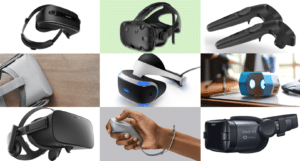 In VR’s early stages it’s important to understand consumer behavior and desires in order to optimize product strategies. We kicked off this process last Summer with a first wave of VR survey research. Now, a second wave of data buttresses our knowledge position, and brings new trend data to light.
In VR’s early stages it’s important to understand consumer behavior and desires in order to optimize product strategies. We kicked off this process last Summer with a first wave of VR survey research. Now, a second wave of data buttresses our knowledge position, and brings new trend data to light.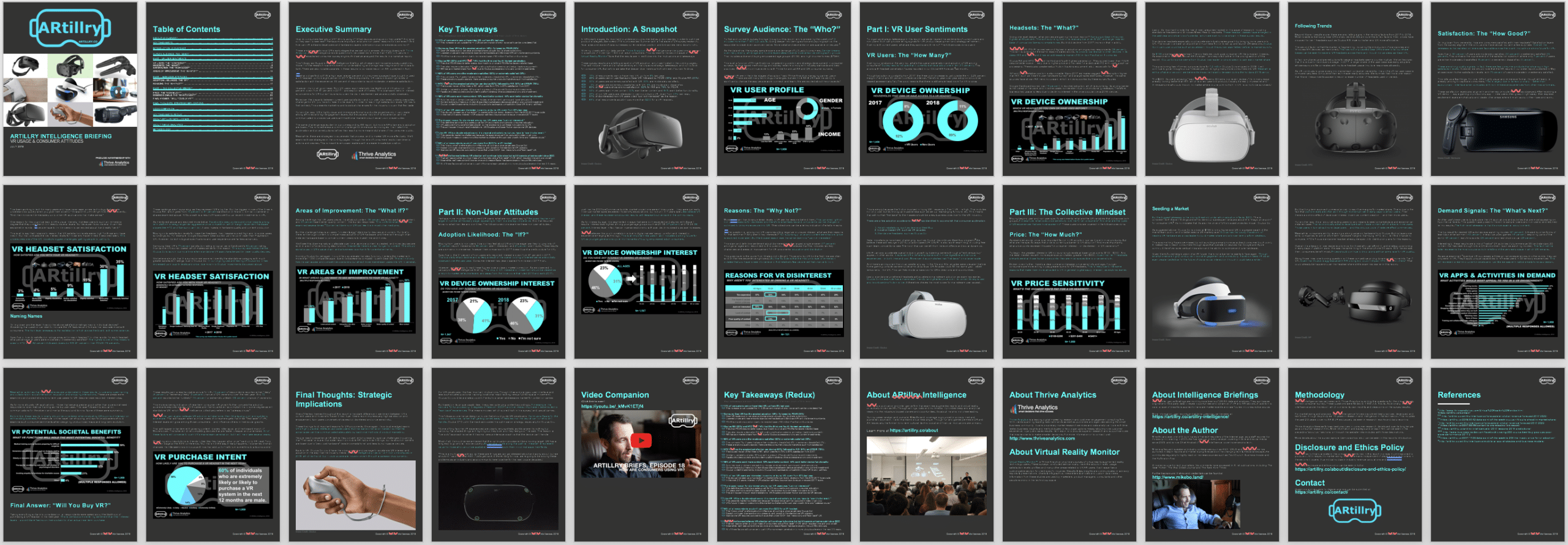

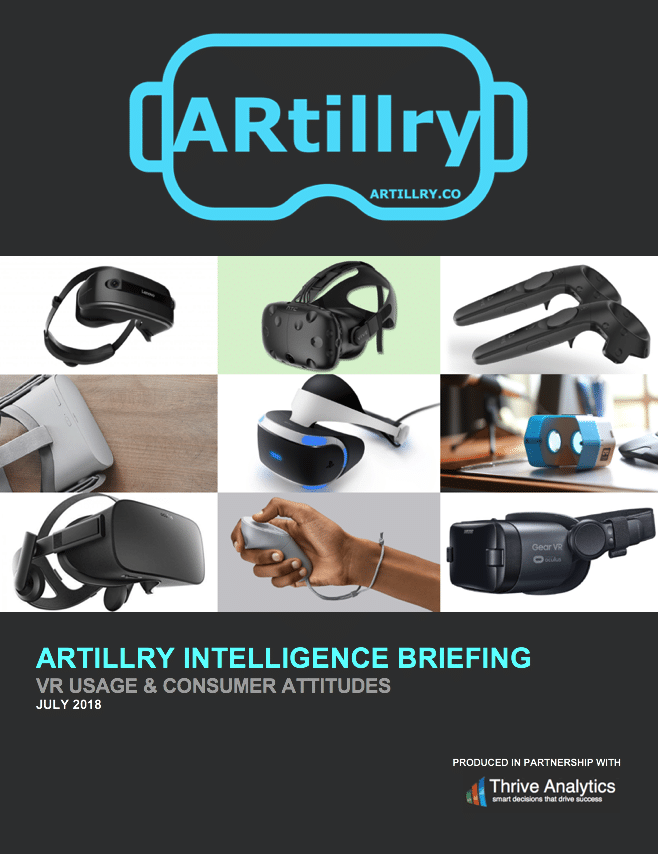
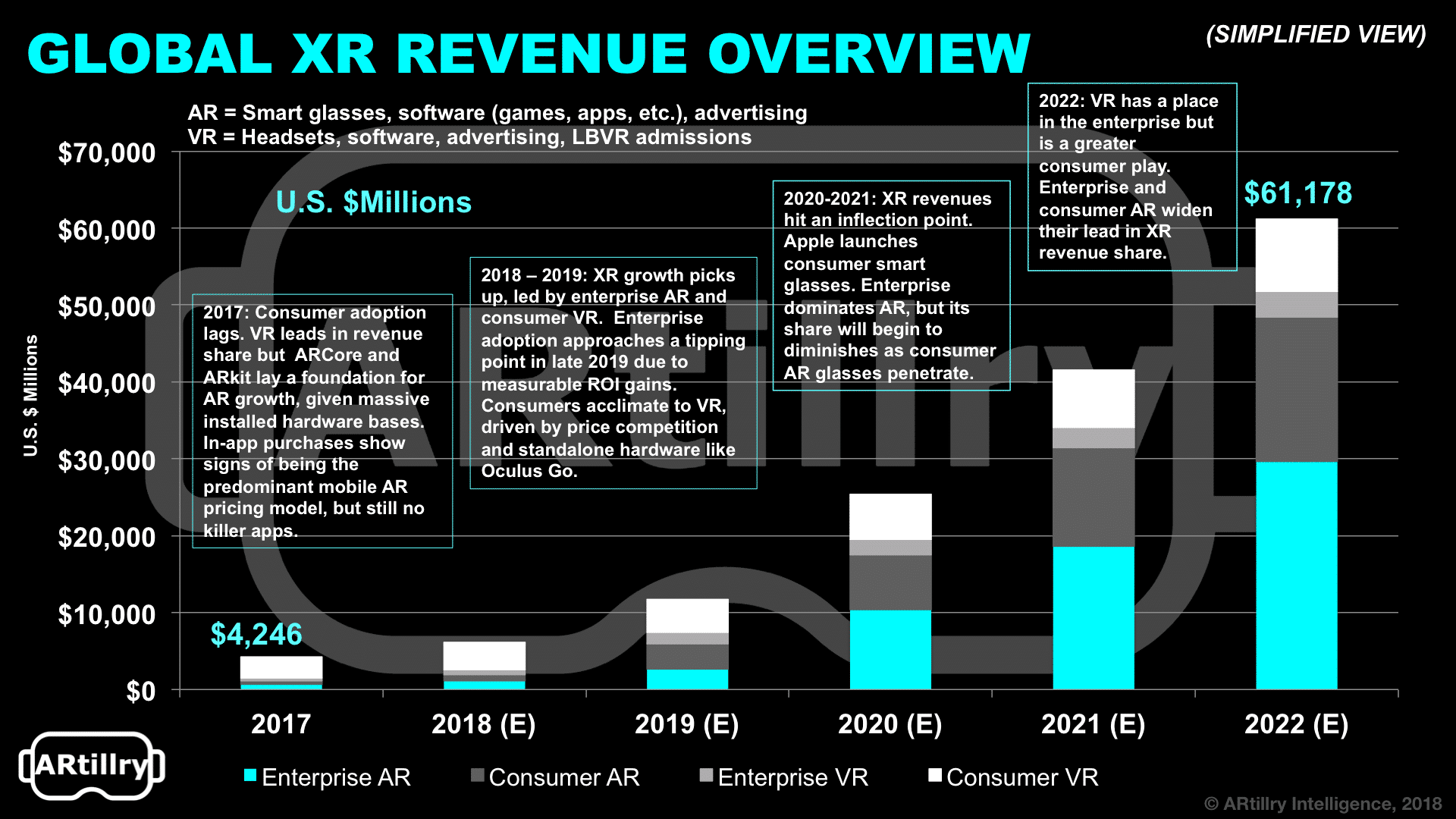
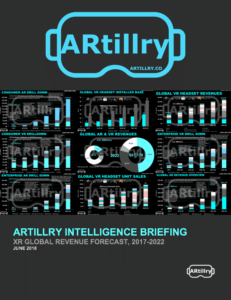

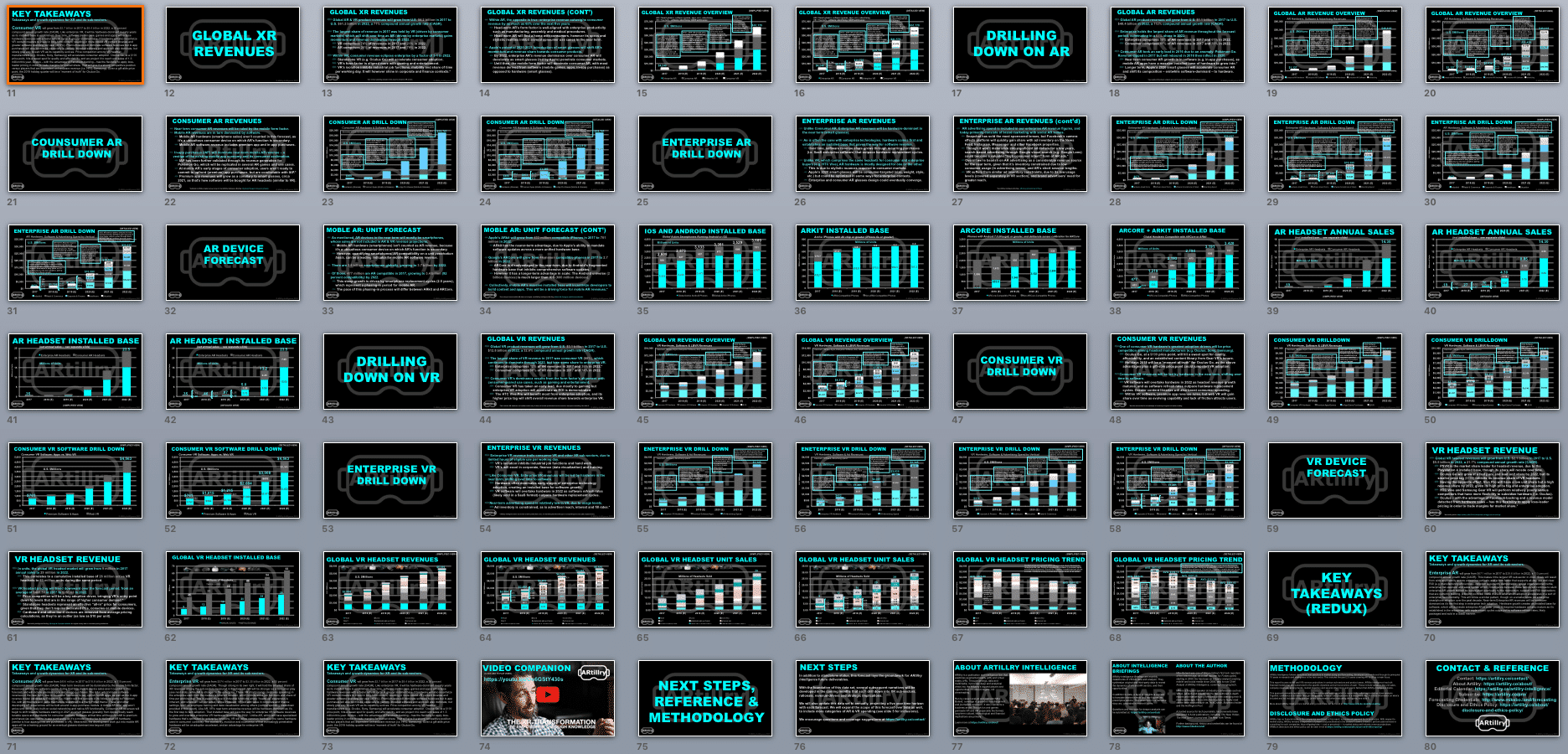
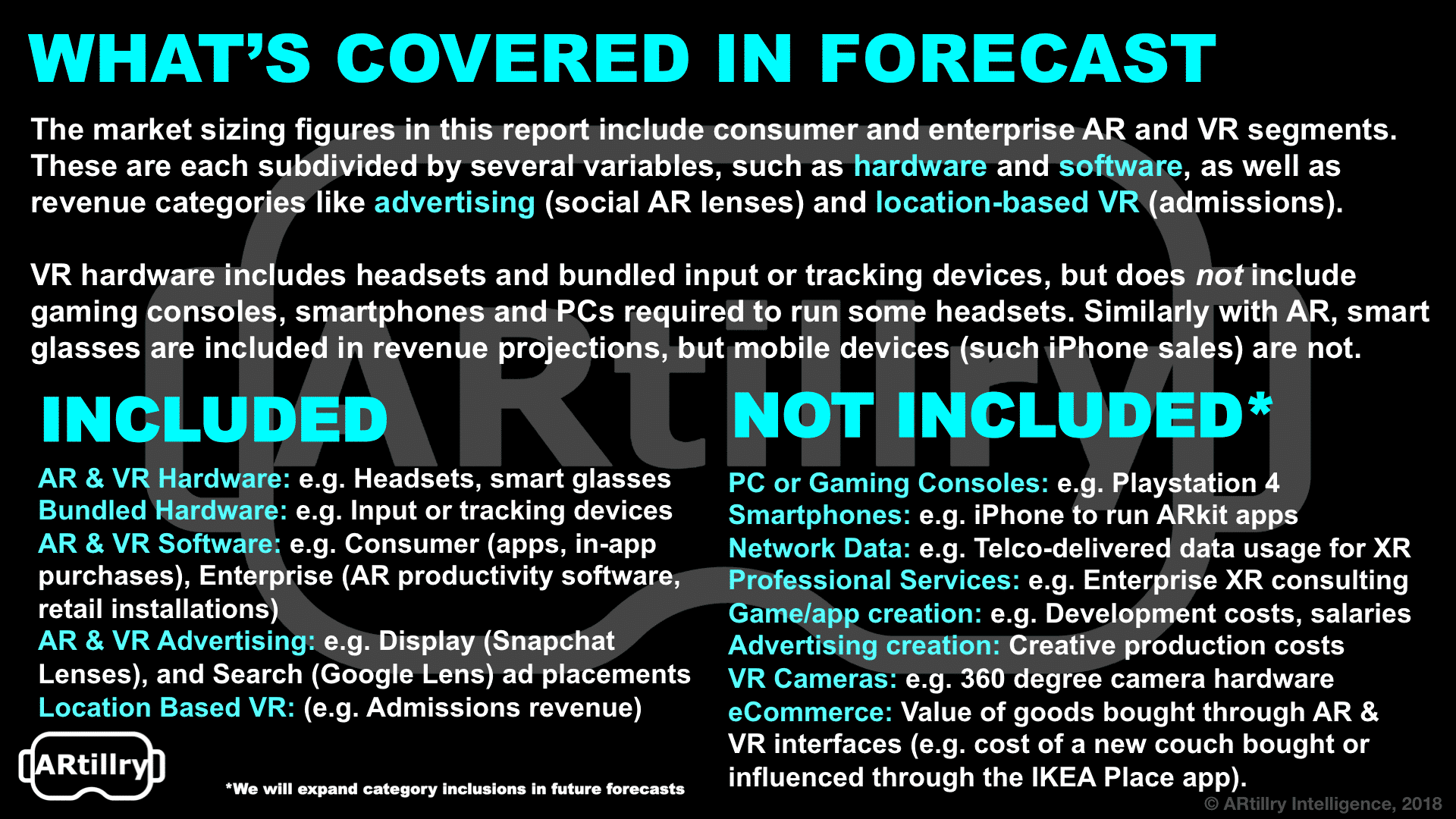
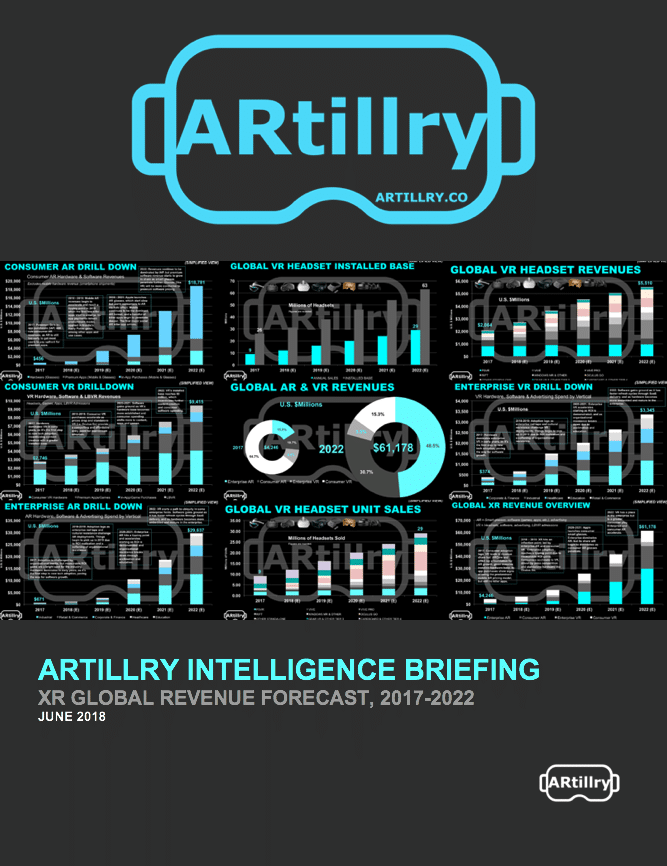
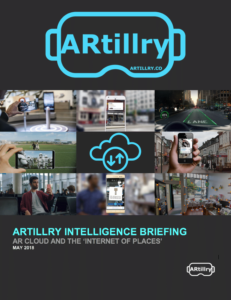
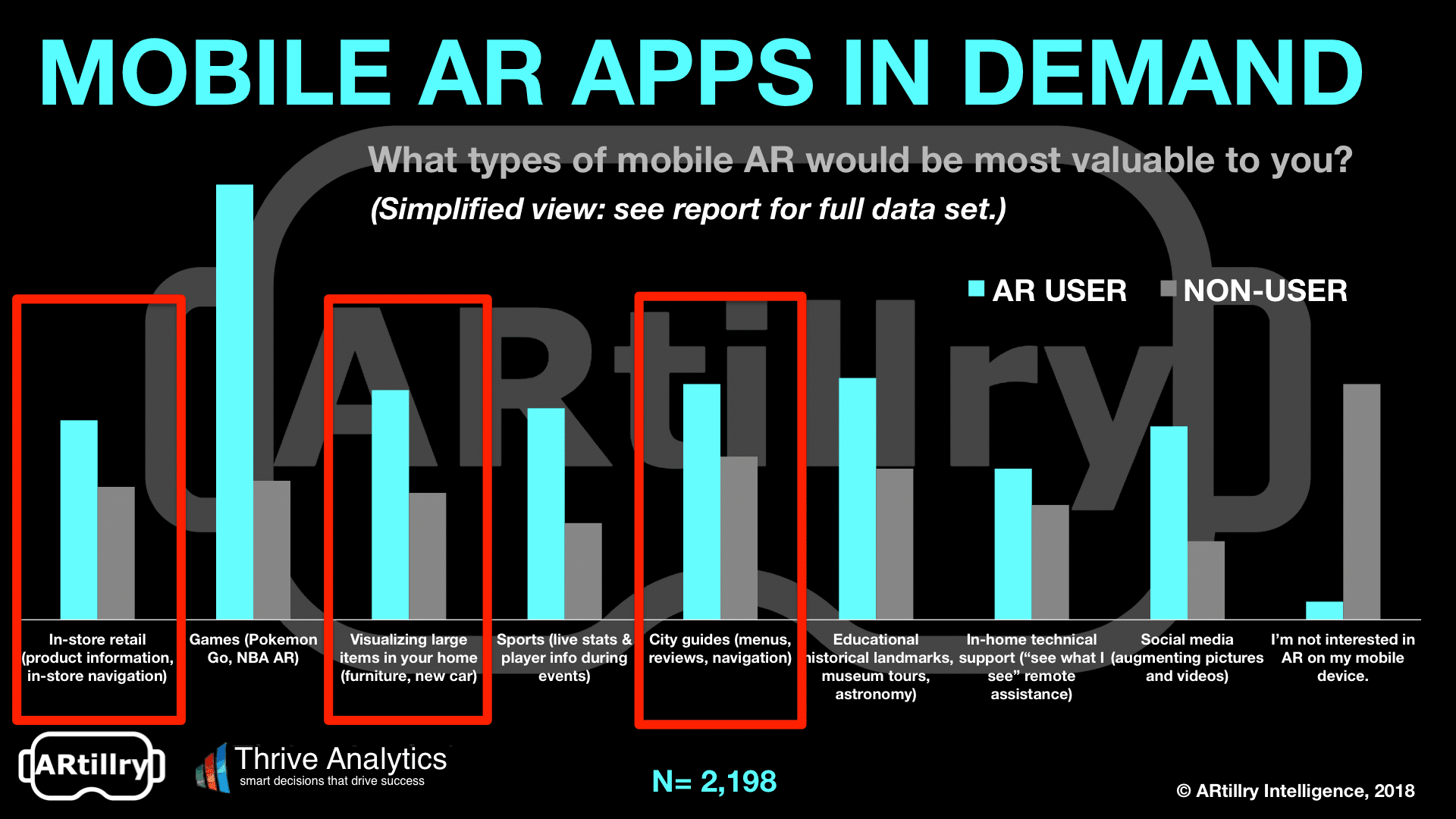

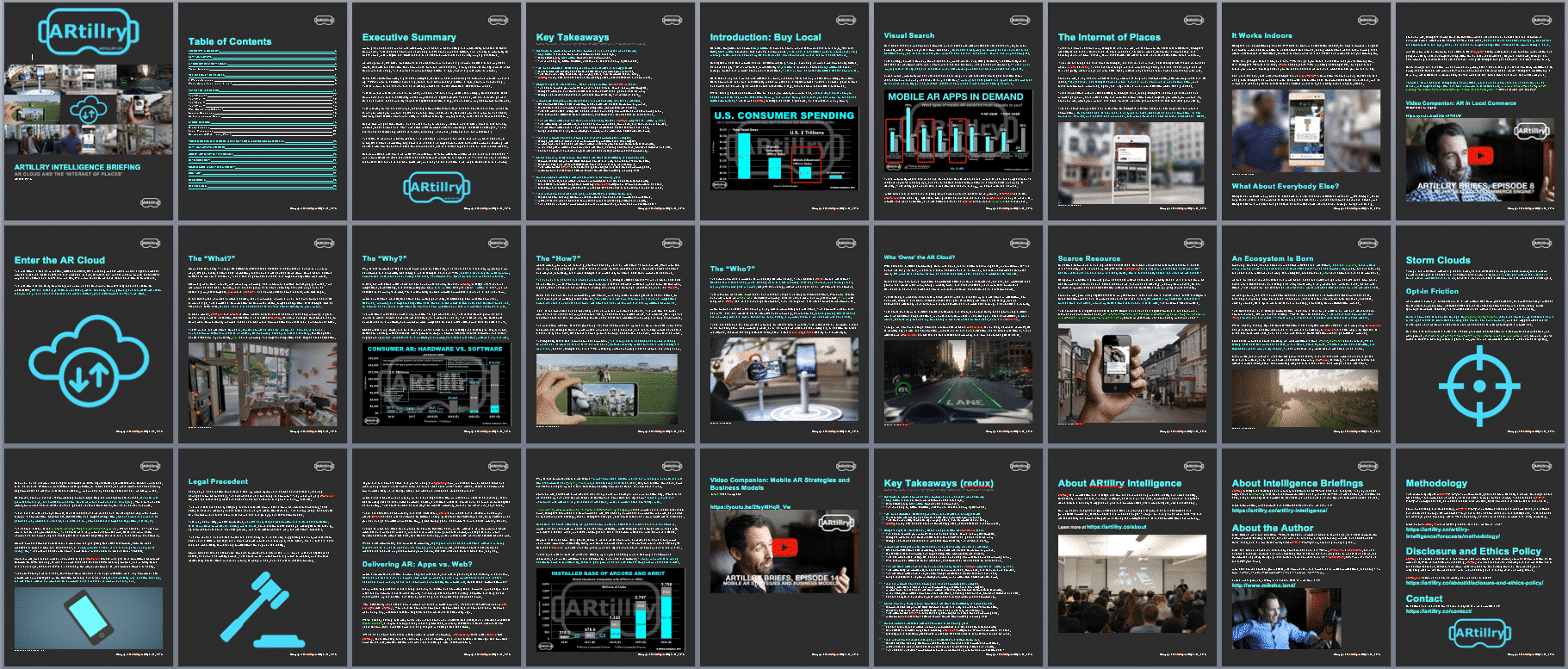
 The AR Cloud is like dark matter. Still theoretical, it’s a missing puzzle piece whose adjacent pieces provide evidence of its existence and possible shape. Replace the puzzle metaphor with theoretical physics equations and that’s dark matter. We know it has to be there if the equation is to balance.
The AR Cloud is like dark matter. Still theoretical, it’s a missing puzzle piece whose adjacent pieces provide evidence of its existence and possible shape. Replace the puzzle metaphor with theoretical physics equations and that’s dark matter. We know it has to be there if the equation is to balance.